Hanno Erasmus - Passionate & Modest Amateur Photographer!
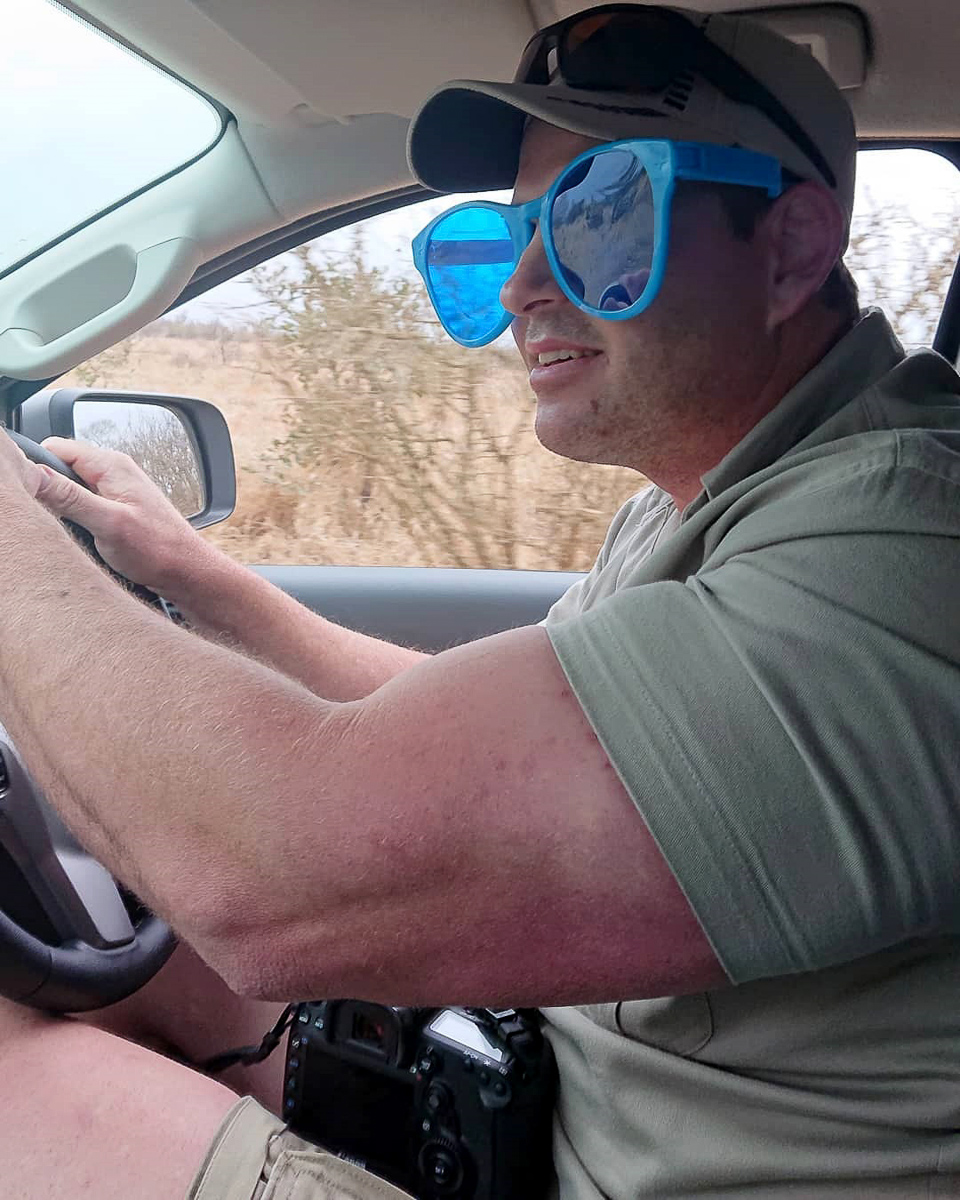
We met Hanno while sitting at the De Laporte waterhole in October 2019.
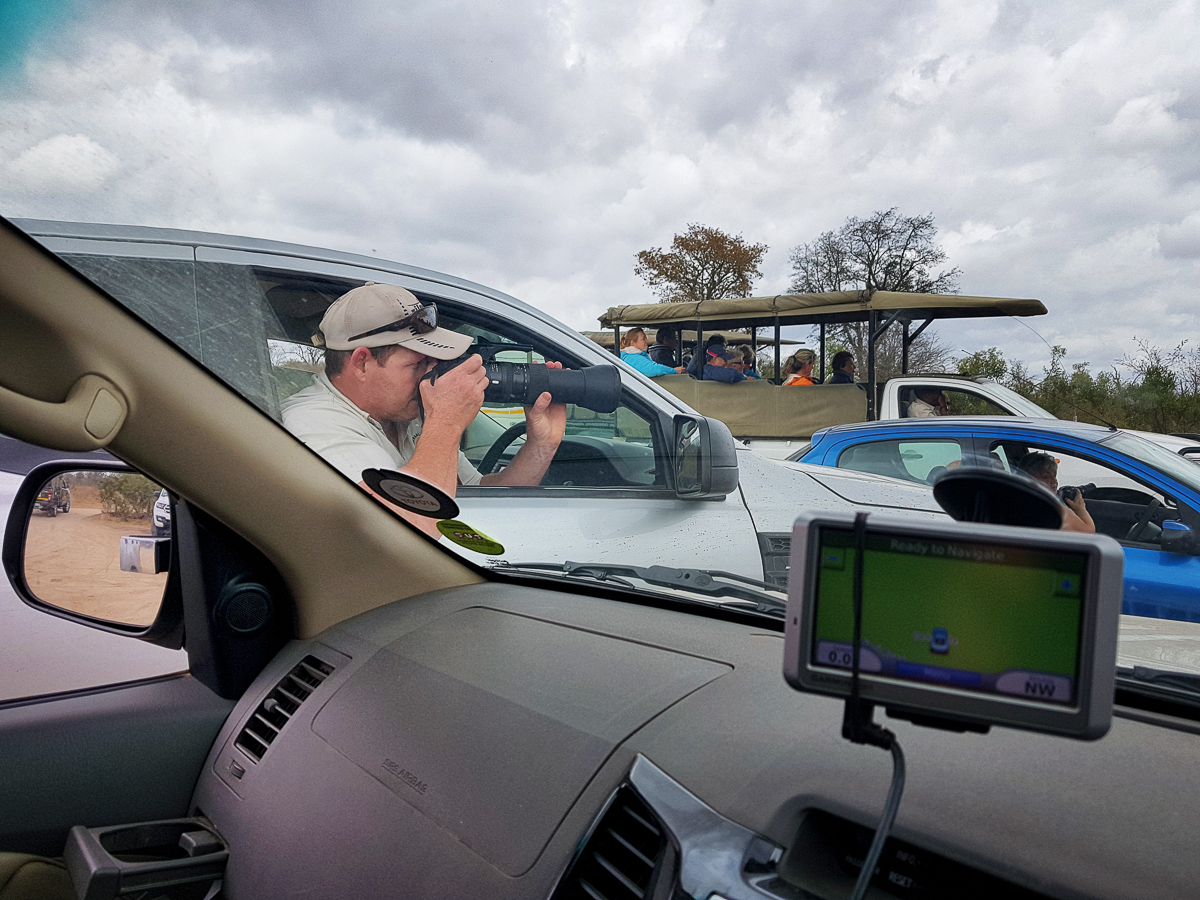
We were impressed with his enthusiasm for wildlife photography and even more impressed with his images when we checked out his social media pages!
Here's our interview with Hanno
1. Hanno, when we met at De Laporte waterhole, you mentioned that you have been photographing wildlife for four years – what inspired you to get into photography?
According to me, in South Africa we have the most beautiful animals in the world and it's fulfilling to capture images of them. The surprise element always keeps me going.
I will go on a drive looking for male lions, only to be surprised by something completely different...
It's the anticipation of the unknown!
2. Do you visit any other parks or reserves besides the Kruger National Park?
No, I only visit Kruger. I would love to visit some other parks in Africa but there is a lot of history involved in the Kruger and the park has a large variety of animals.
3. Your images are exceptional – how did you progress so quickly in just four years – did you read books, take a crash-course, analyse other people’s photos, or is it simply your drive and passion that enables you to find the subjects and then capture the moments?
I have a pair of special blue sun-glasses that enables me to find the animals.
Only kidding! My passion for the animals is
what drives me. I didn’t do any
courses. I was fortunate enough the past
few years to have spent a lot of time in Kruger as I lived close to the park.
Hence, I know the park quite well. To me it is about the sighting, not necessarily about the “perfect” photo.
4. We know that cameras and lenses don’t make the photographer but for those people who are interested, what photo gear do you use?
A Canon EOS 5D Mark IV and a Tamron 150-600mm zoom lens - that's it!
5. What wildlife subjects are you most passionate about?
Lion, leopard, rhino, cheetah and wild dogs, but my big love is the big male lions!
6. Do you have a favorite camp or area in the Kruger Park?
Tamboti and Malelane camps.
|
Should you wish to get the eBook, click on the book cover above, then click 'Add to Cart' where you'll see a button called 'Add Promo Code'. Click on it then add the word K2K and the 33% discount will be automatically applied. This code is valid until the end of the month, so don't delay! |
"Planning a Kruger trip? A new guide by pro photographers holds the key to good pictures. Learn from the folks who spent 517 days in the park and make your photos sing!" - Romi Boom, Editor of Wildcard Magazine, South Africa 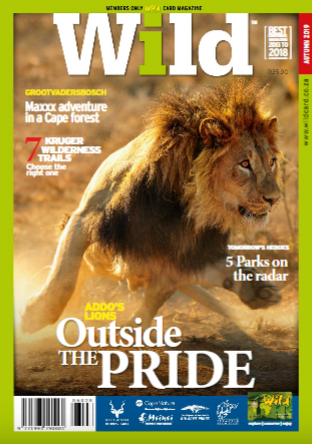 |
7. The south of the park can get very busy, yet you seem to thrive in this part of the Kruger – how do you overcome the challenge of having so many vehicles on the roads and at sightings?
I believe that when the gate opens, you have to be one of the first cars out of camp. Early mornings, my favourite road is towards Tshokwane as it is a bit quieter.
From Tshokwane I usually take the H10. The mistake many people make at a busy sighting, is to rush onto the moving animals. Then they get stuck in traffic.
It's better to keep your distance from them and also to try and position yourself in front of the animals and get them walking towards you. Then you should fall back and keep ample distance between you and the animals.
8. Do you have a strategy when going out on a self-drive photo safari? Do you plan a route the night before, do you stay out all day, drive as many roads as possible, go out looking for a specific animal, check the sighting boards/apps, etc.?
Until 5 minutes before the gate opens, I still do not know which road I will take. When the gate opens, I make a decision and go on my gut feeling.
I am on the road from the time the gate opens, till it closes in the evening and I will drive as many roads as possible.
Early mornings I will always go to a specific location, looking for certain male lions. Through the day I never look at the sighting boards but while waiting for the gate to open in the morning, I will check out the sighting board to see the cat activity of the previous day so I know where they were last seen.
9. What advice do you have for a visitor in terms of finding and photographing animals - which waterholes and roads are good to visit, how can visitors get the most out of their self-drive safari in the Kruger Park?
The key factor is to hit the roads early morning before it gets too hot. After 09h00 when temperature rises, you have to stay close to rivers and waterholes. I have good success with leopard sightings near Malelane camp.
And I have always had great lion and leopard sightings around Skukuza, Lower Sabie, the H10, and Tshokwane.
I believe you have to burn some fuel, be able to withstand the heat, fight some cramps from sitting for hours, sometimes in difficult positions in order to be able to capture good photos.
And a lot of patience is needed! If you can do this, success is guaranteed.
10. In addition to the waterholes are there any other good spots to photograph birds and animals in Kruger?
That is why I love Kruger so much. On every road, everyday, there is something special and amazing.
I have had the most spectacular sightings at places I least expected it - the big cats...
and other rare animals...
...there is always magic happening in Kruger!
11. What have been some of your most enjoyable experiences to-date in the Kruger Park?
The male lion “Junior”, trying to kill a dying starving mother hippo while the little hippo was fighting off the lion. Very sad sighting.
Female leopard killing impala at the De Laporte waterhole.
The four “Jock” male lions walking towards me on the road close to Lower Sabie.
12. What is your
greatest achievement as a wildlife photographer thus far?
I am an amateur. I am not in it for competitions. I do not have or use Lightroom or Photoshop. That is not important to me at all.
I simply love to find the animals, spend time with them in the wild, and maybe get a photo to capture the moment.
I love the big cats but I also enjoy photographing landscapes and birds when the opportunities present themselves...
I also try and capture unusual images of common animals...
It would be an achievement for me if people look at my photos and because of what they see, develop a desire to also go to Kruger to experience the animals roaming free.
I want people to experience the excitement to go out in the morning in anticipation of finding their favorite animal and to enjoy the adrenaline involved in that magical moment.
Also if more people could get aware of and become involved in conservation, as we have some of the most beautiful animals in the world.
Hanno may not enter his images into competitions but the media certainly do take notice of his photos and they have published some of his images and stories as follows:
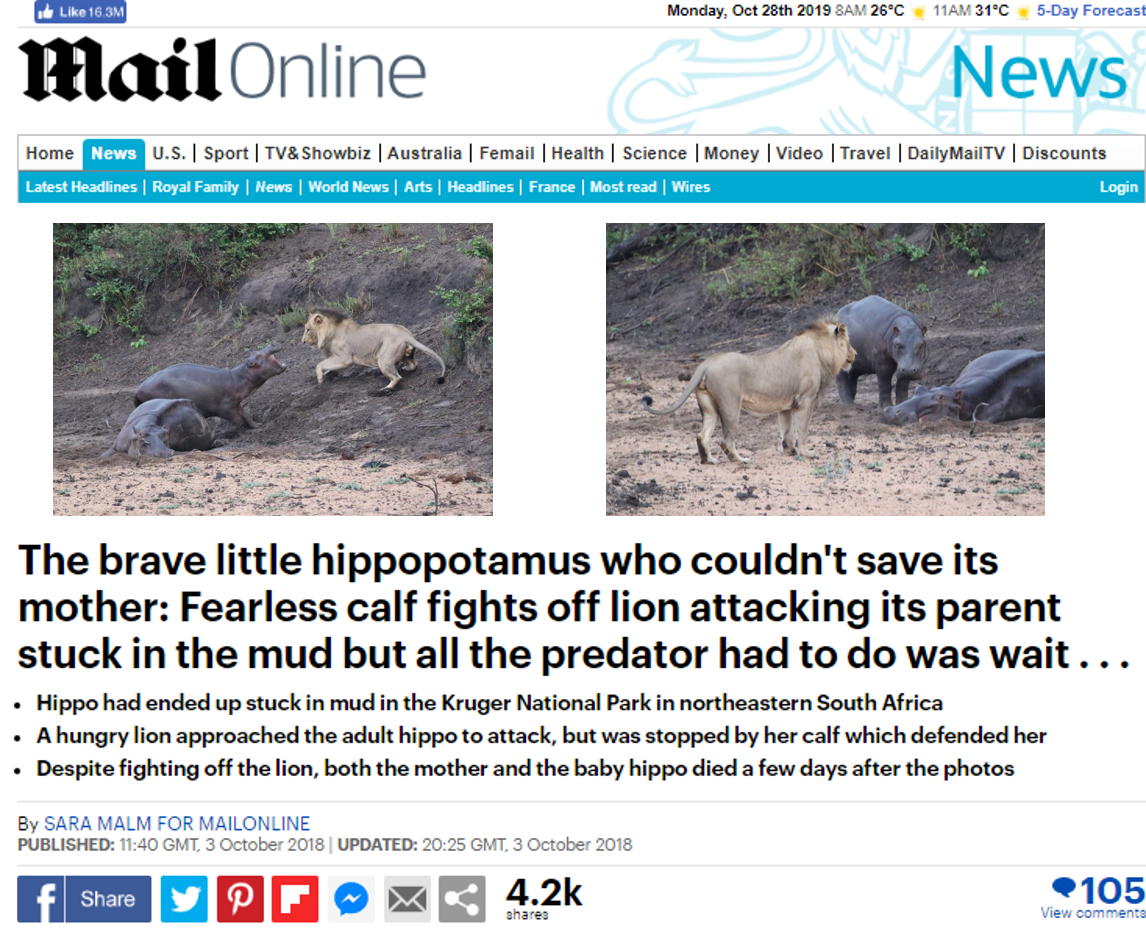
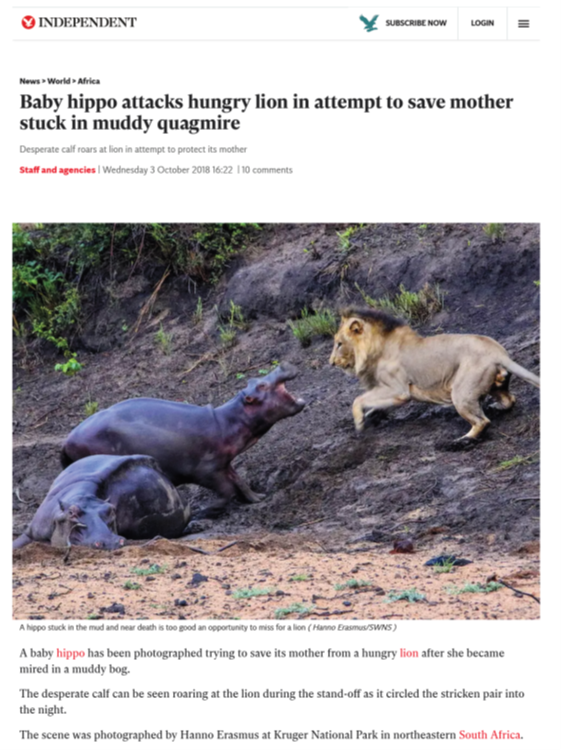
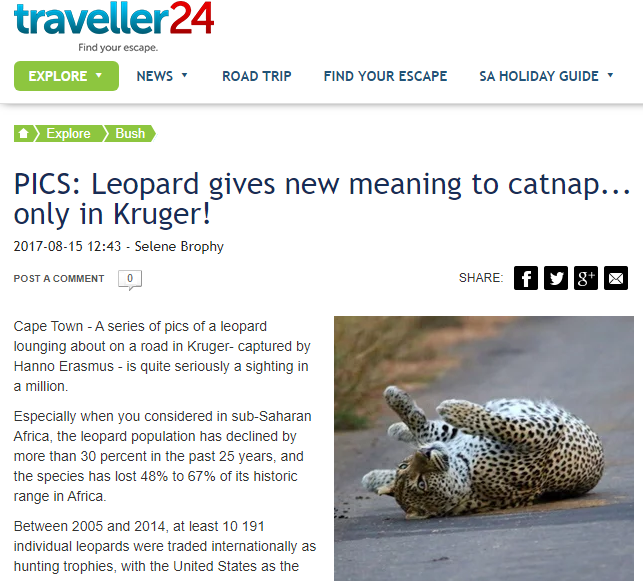
You can see more of Hanno's superb images on Instagram.
Return from Hanno Erasmus to Photographer Interviews page
To make a safari rental booking in South Africa, Botswana or Namibia click here
"It's 768 pages of the most amazing information. It consists of, well, everything really. Photography info...area info...hidden roads..special places....what they have seen almost road by road. Where to stay just outside the Park...camp information. It takes quite a lot to impress me but I really feel that this book, which was 7 years in the making, is exceptional." - Janey Coetzee, founder of CAROK (Camps and Roads of Kruger) South Africa
"Having a passion for the region itself and having to know about all dynamics, water holes and ideal roads for a period of 6 years - I wish I had this guide on my first trip already!" - Morkel Erasmus, Secunda, South Africa
"Mario and Jenny take you to places that are not always visited, and their descriptions of the more remote camps will allow you to make an informed decision without wasting time and money" - Bob & Sherry Shepardson, DeBary, Florida, USA
"Your time and money are valuable and the information in this book will help you save both." - Don Stilton, Florida, USA
"I highly recommend the book to anyone visiting Etosha National Park to photograph the animals - or anyone considering an African photography safari in the future." - Anne Darling, Cognac, France
"As a photographer and someone who has visited and taken photographs in the Pilanesberg National Park, I can safely say that with the knowledge gained from this eBook, your experiences and photographs will be much more memorable." - Alastair Stewart, BC, Canada
"This work is so much more than an eBook, because it is also a guide, a tutorial, an inspiration and a must-have for anyone interested in wildlife photography" - Findtripinfo.com, USA
Photo Safaris on a Private Vehicle - just You, the guide & the animals!
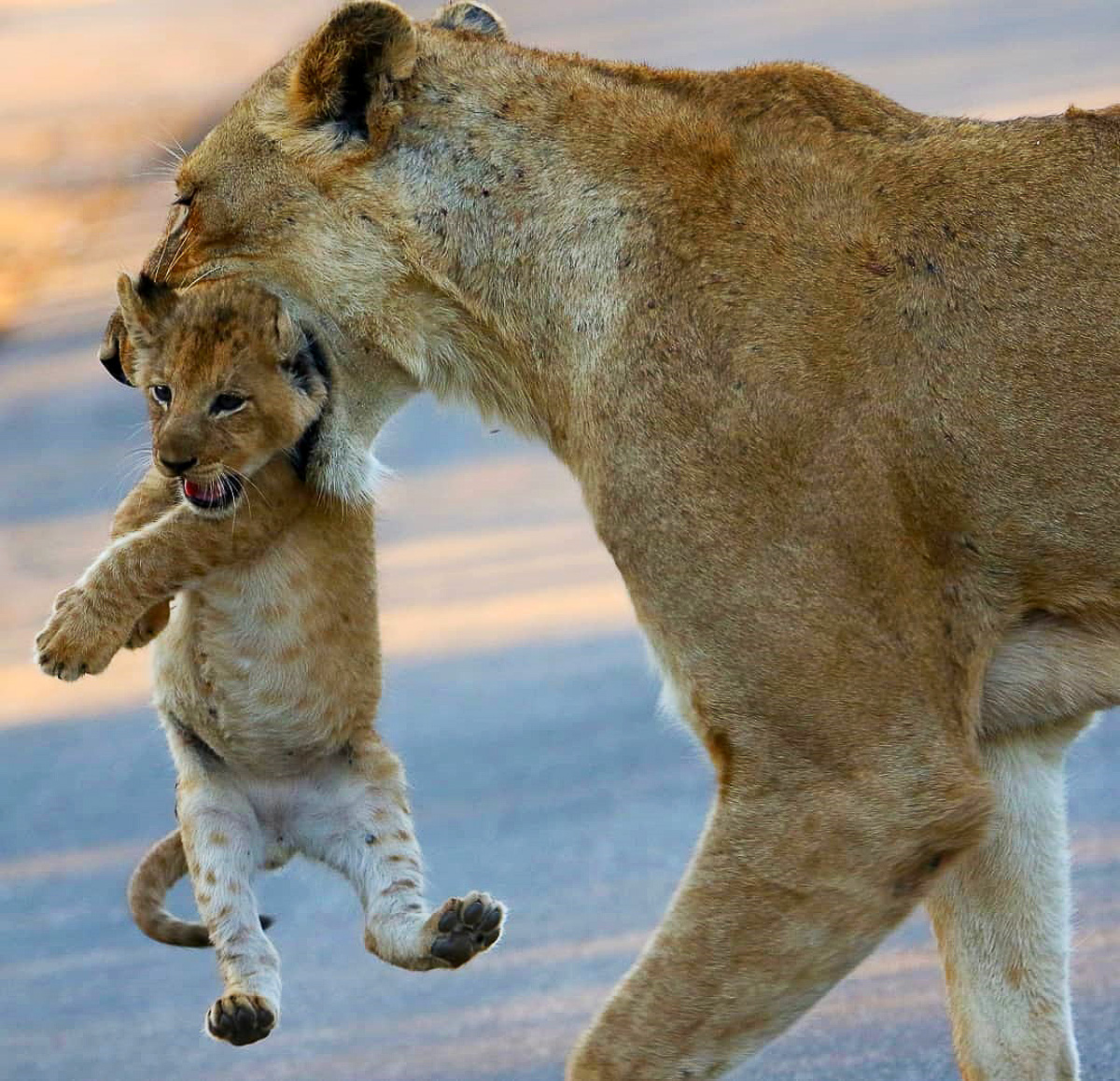
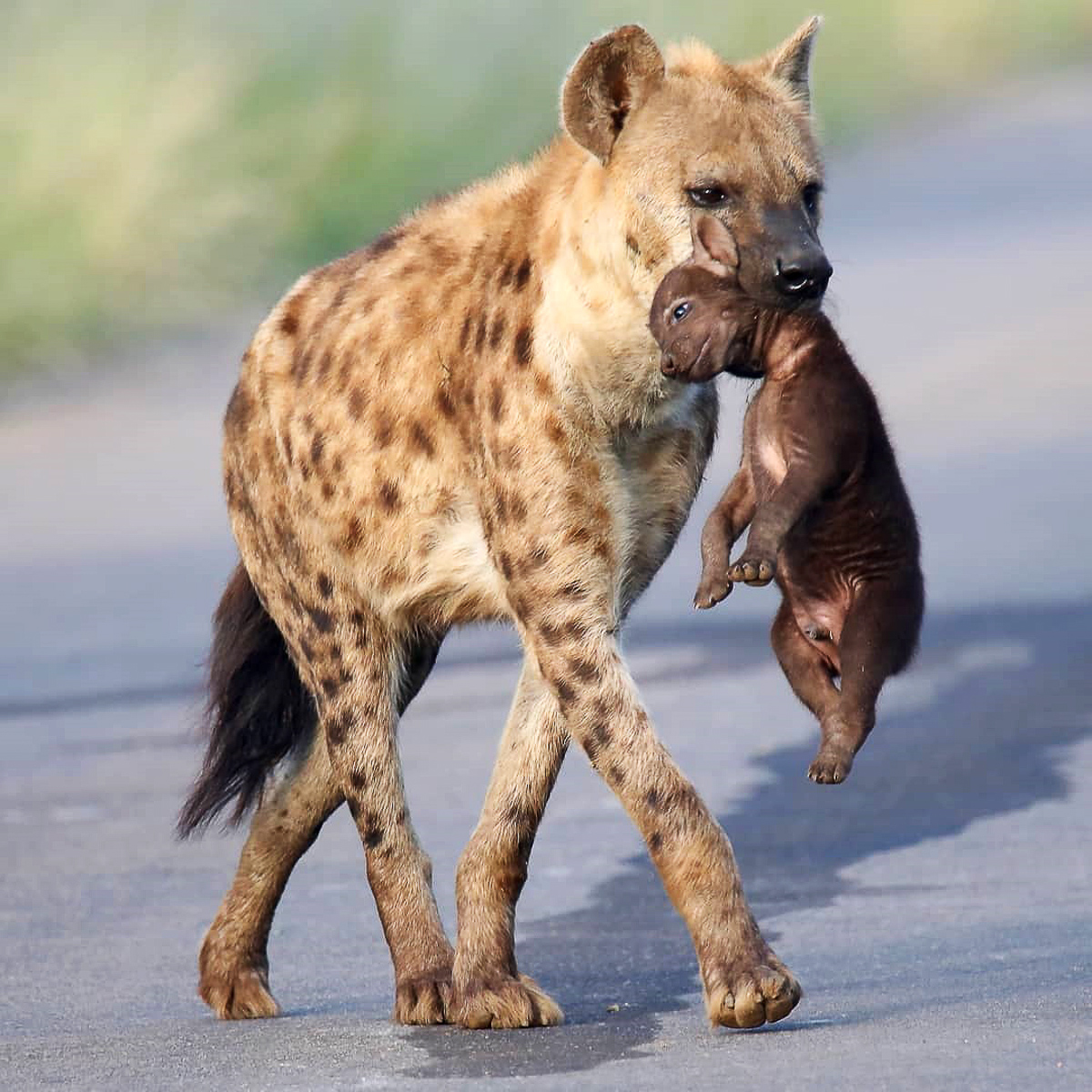
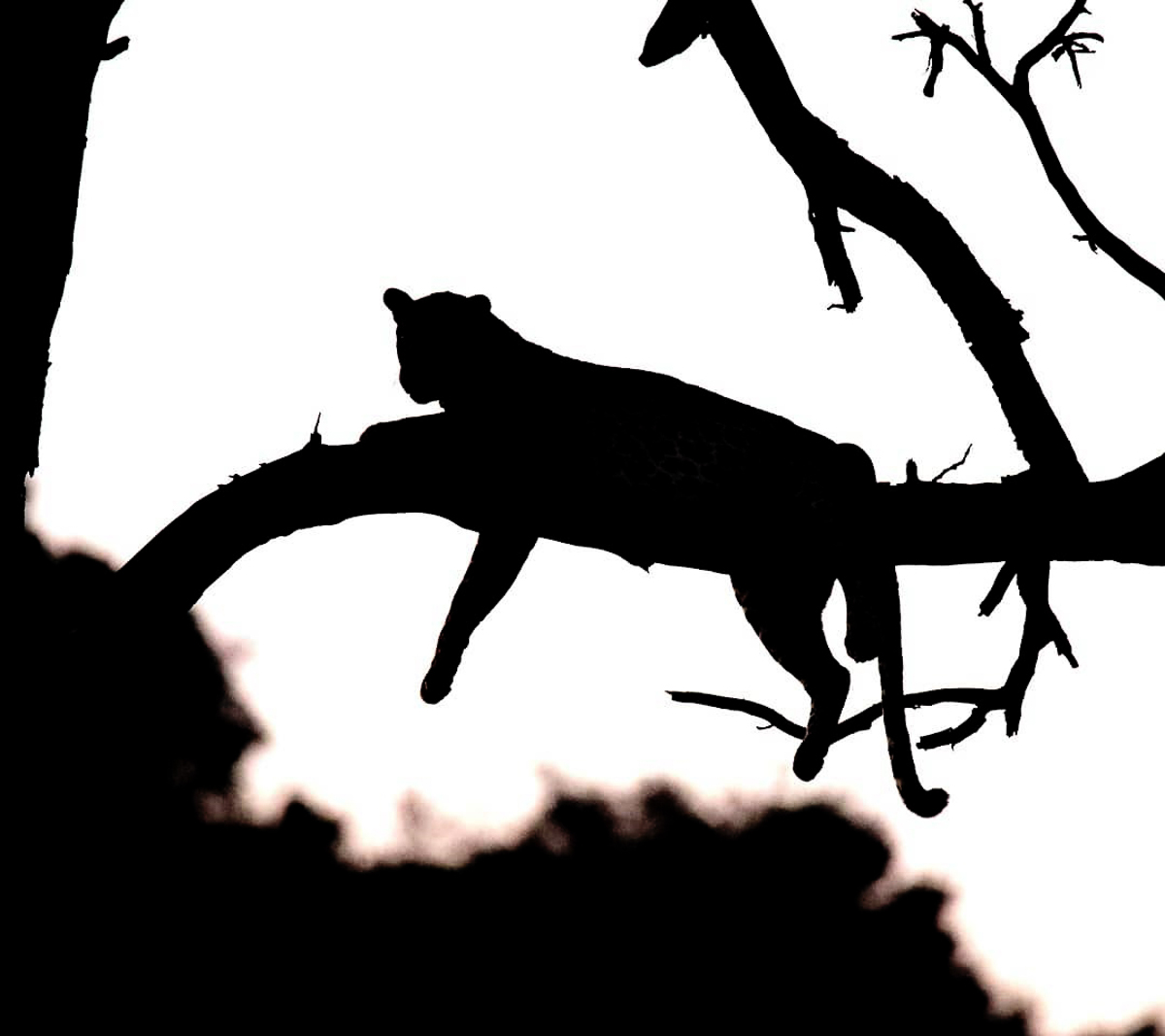
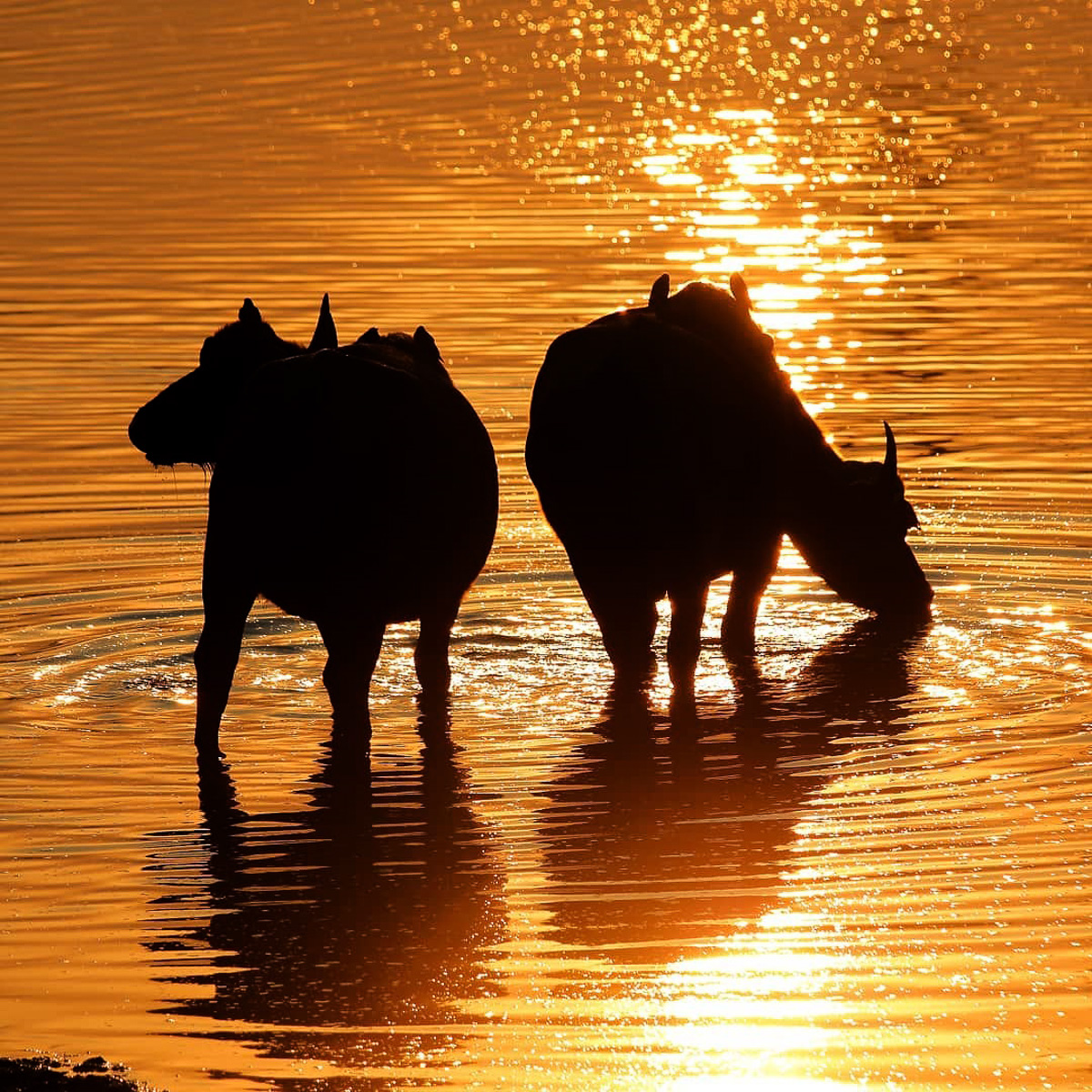
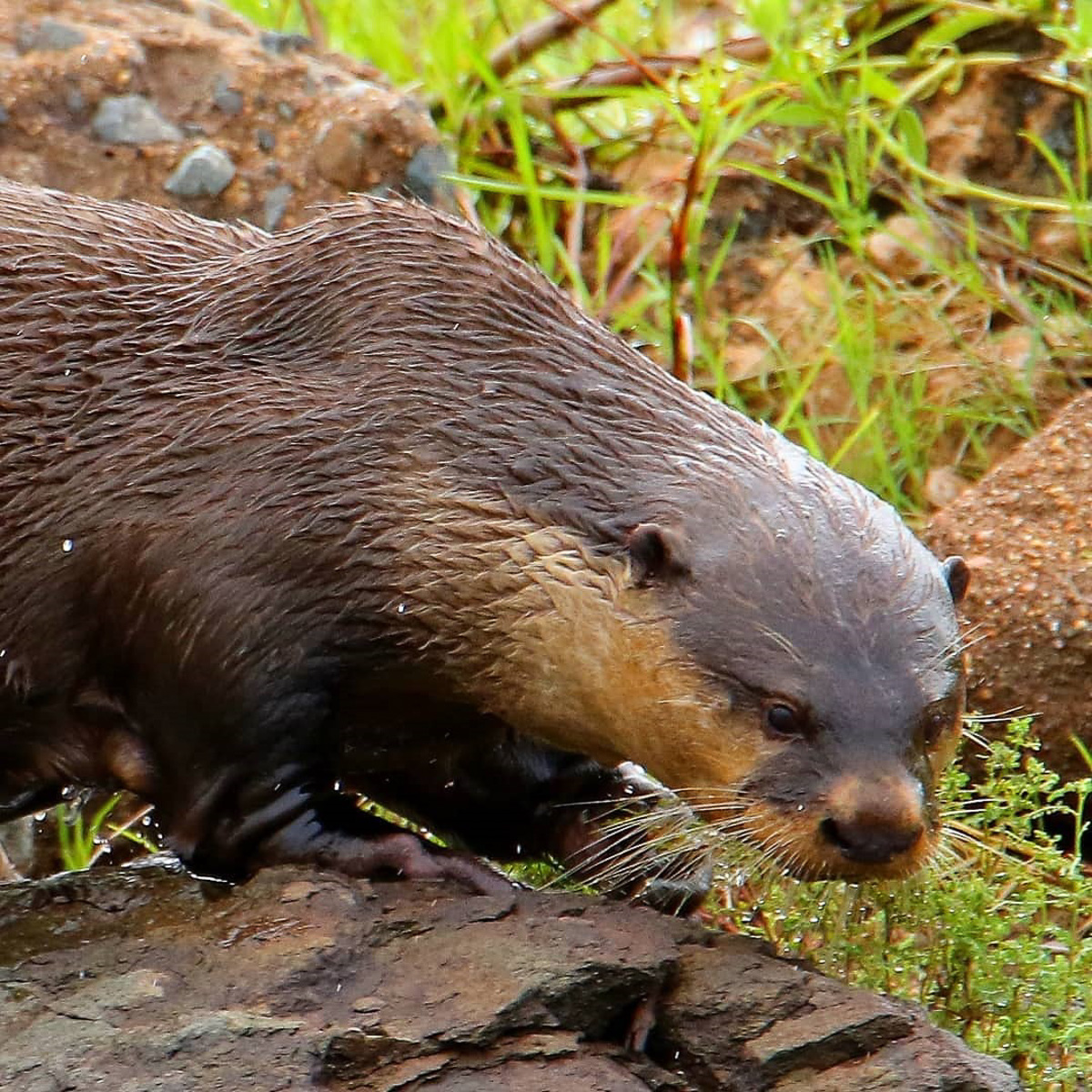
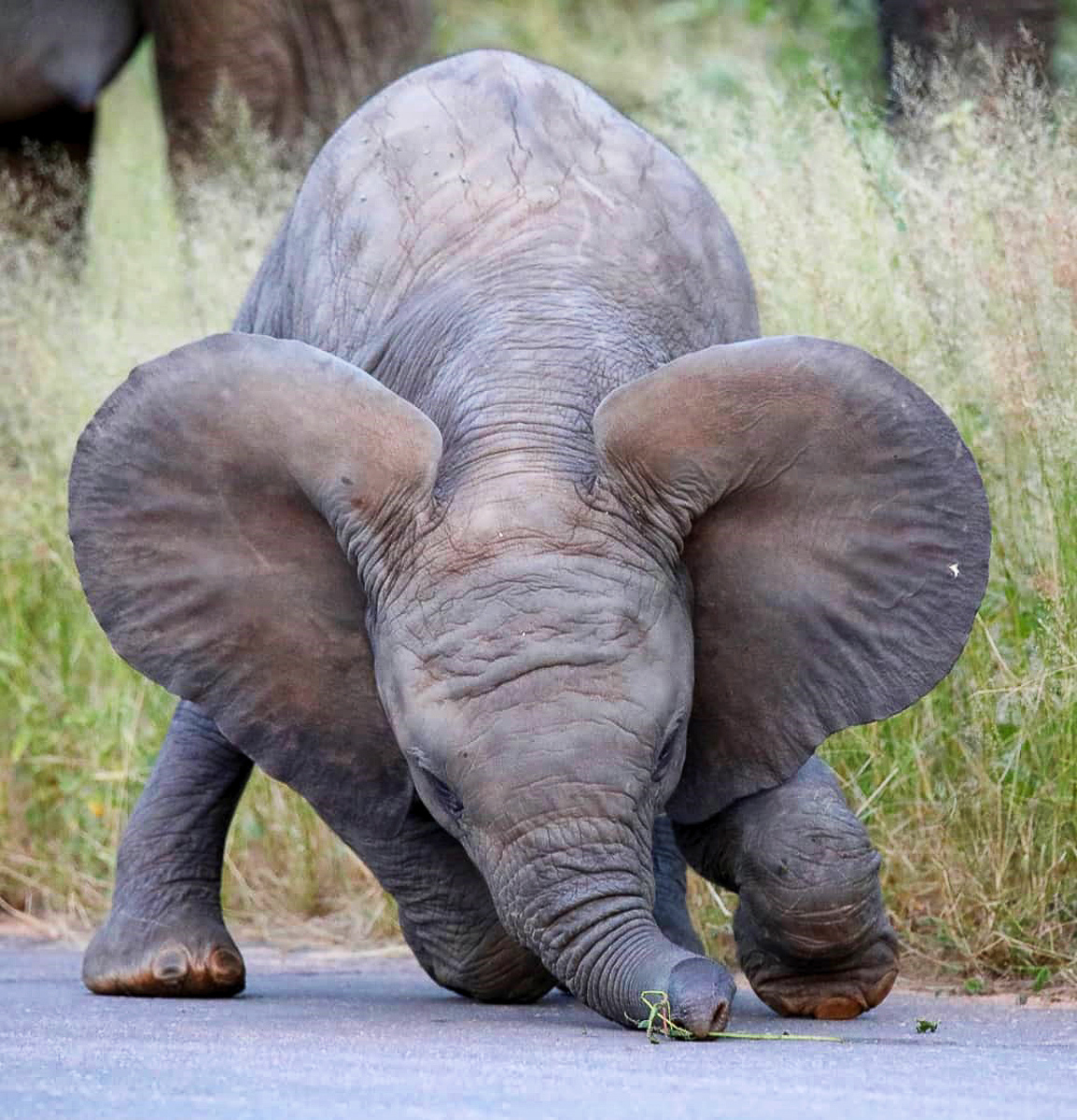
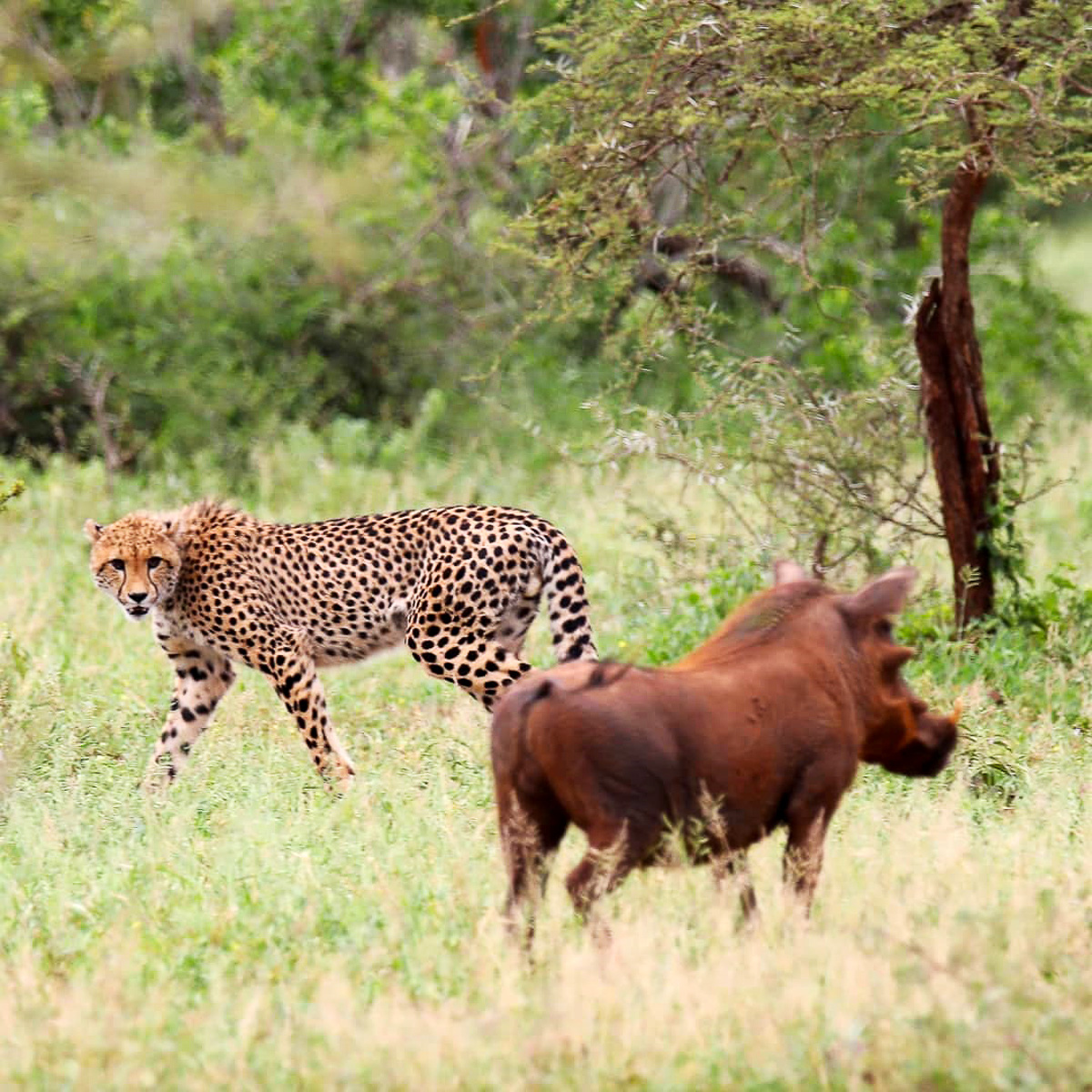
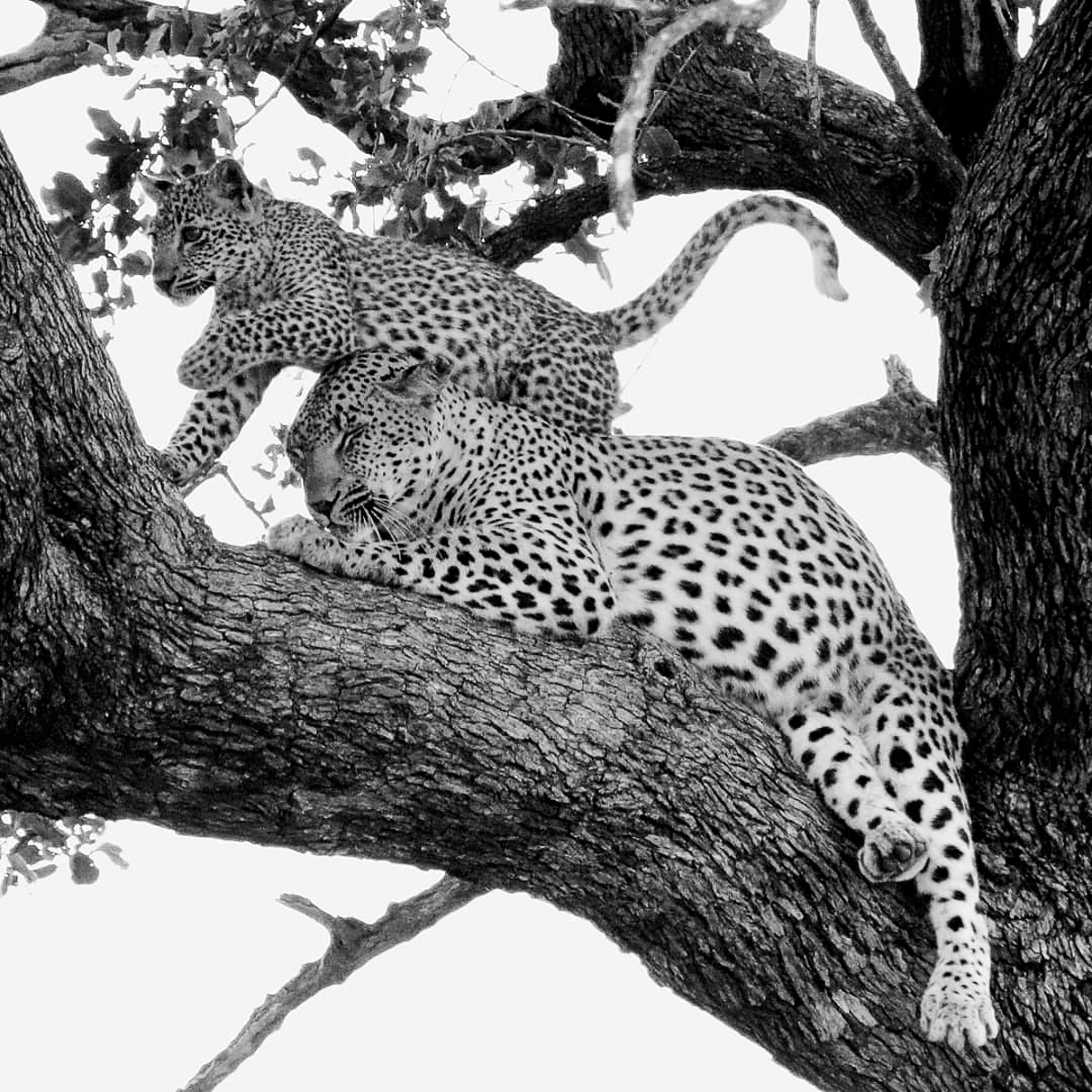
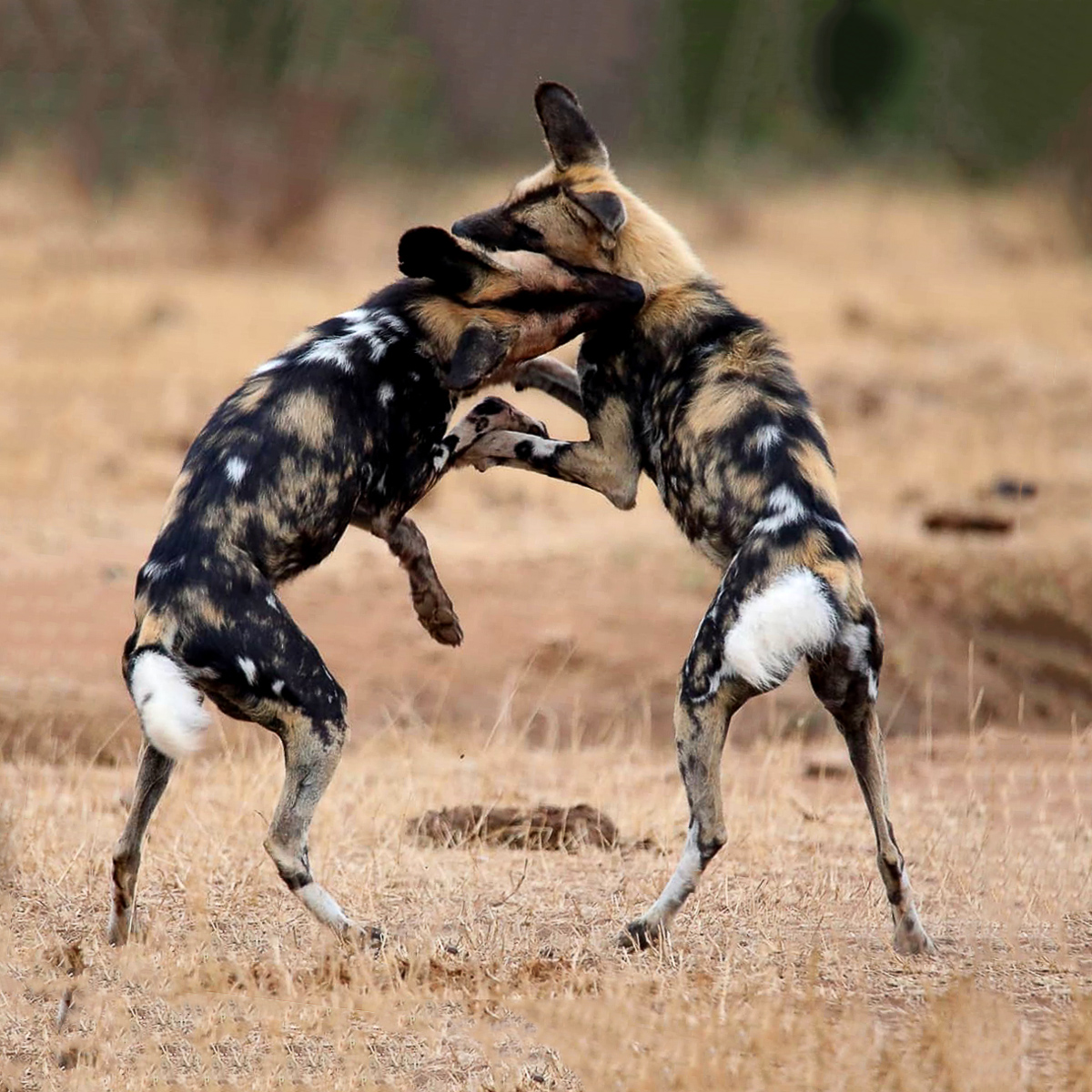
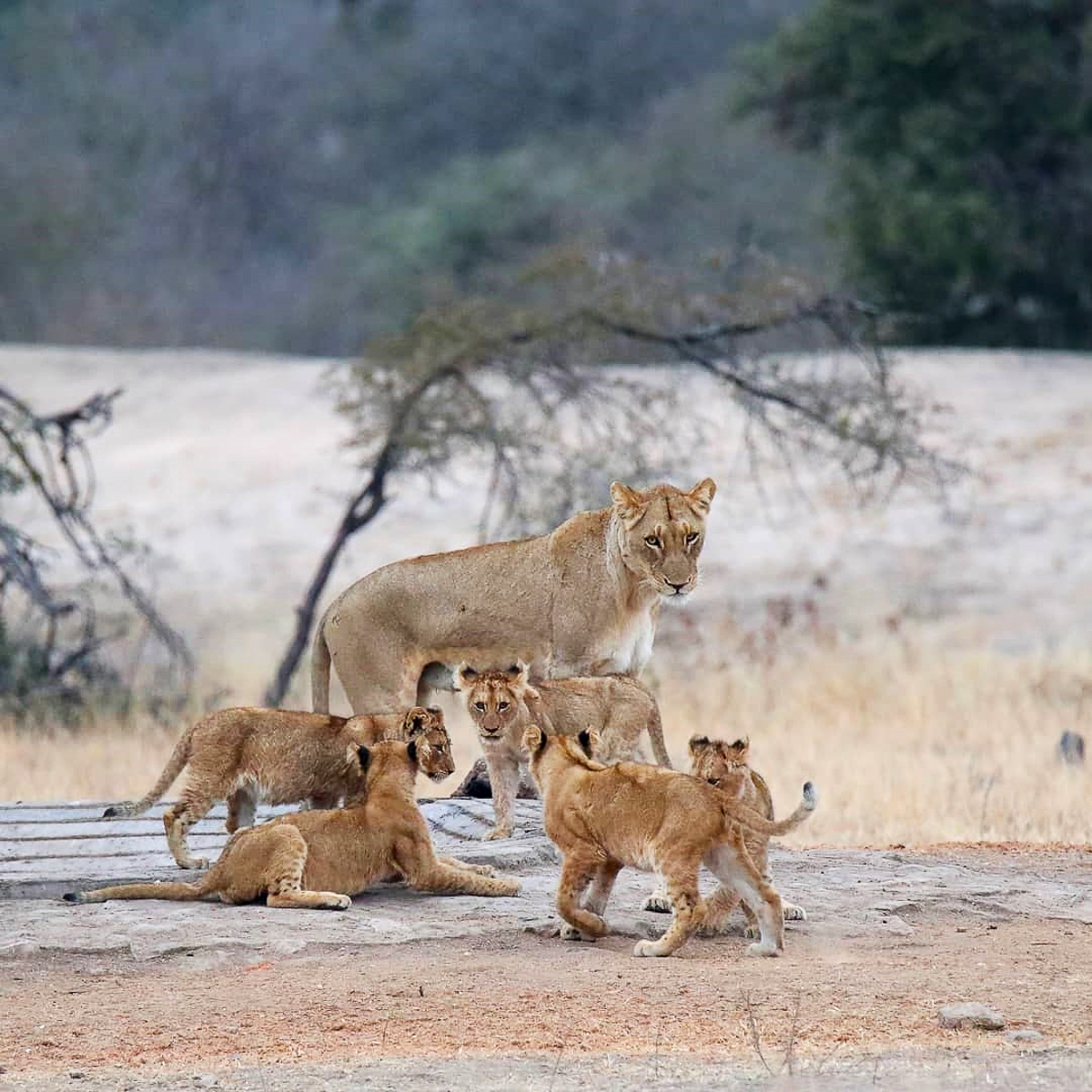
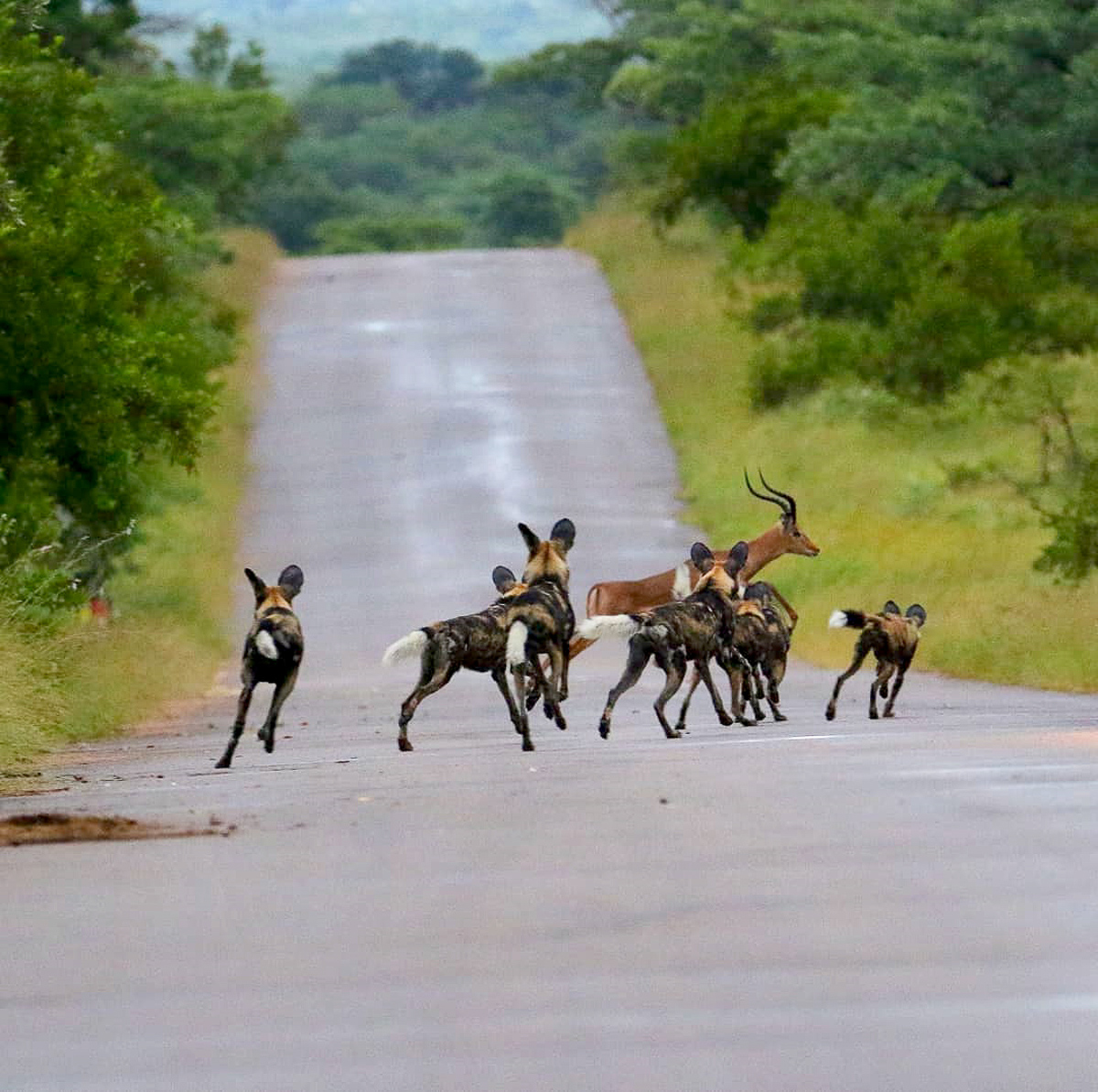
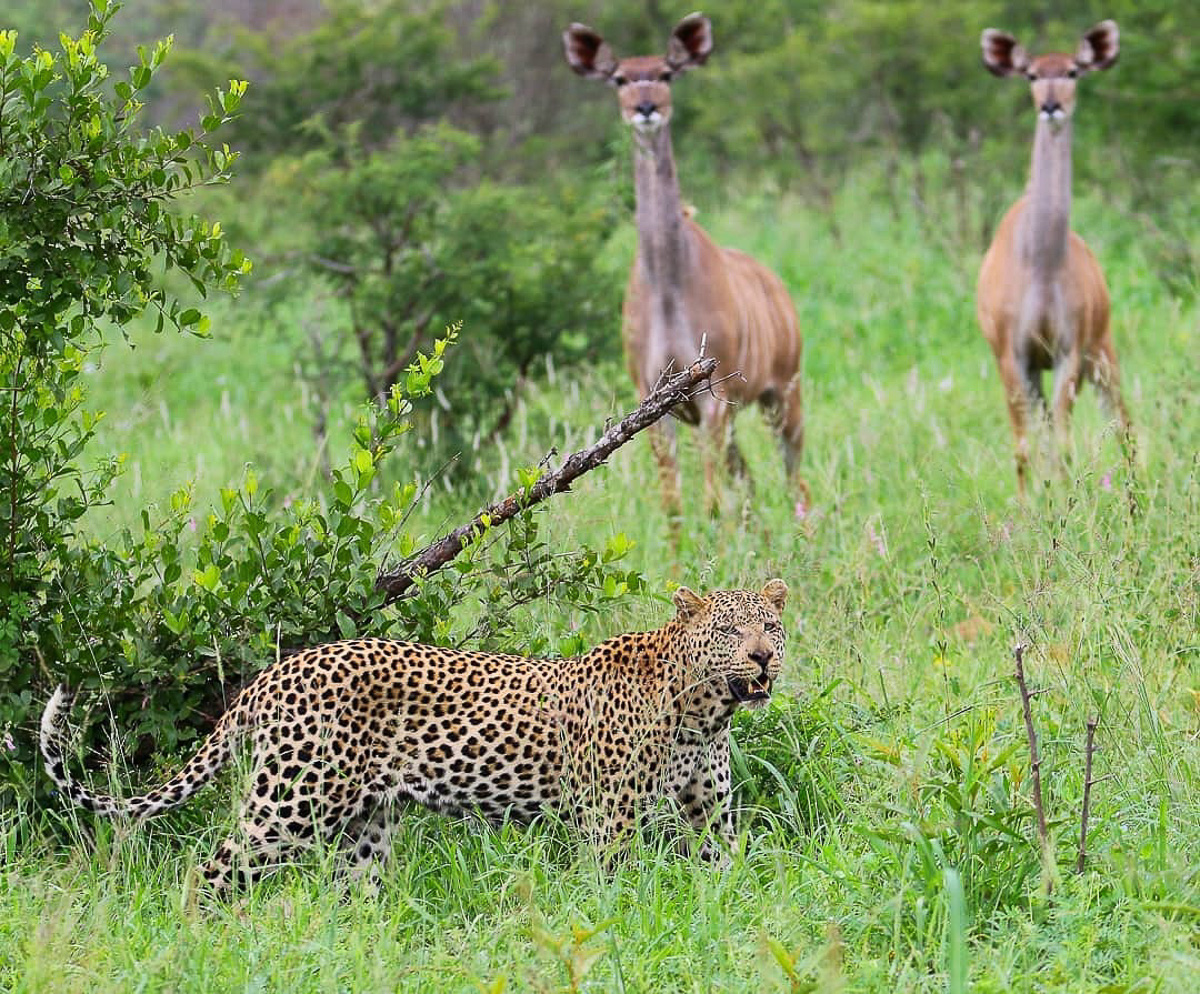
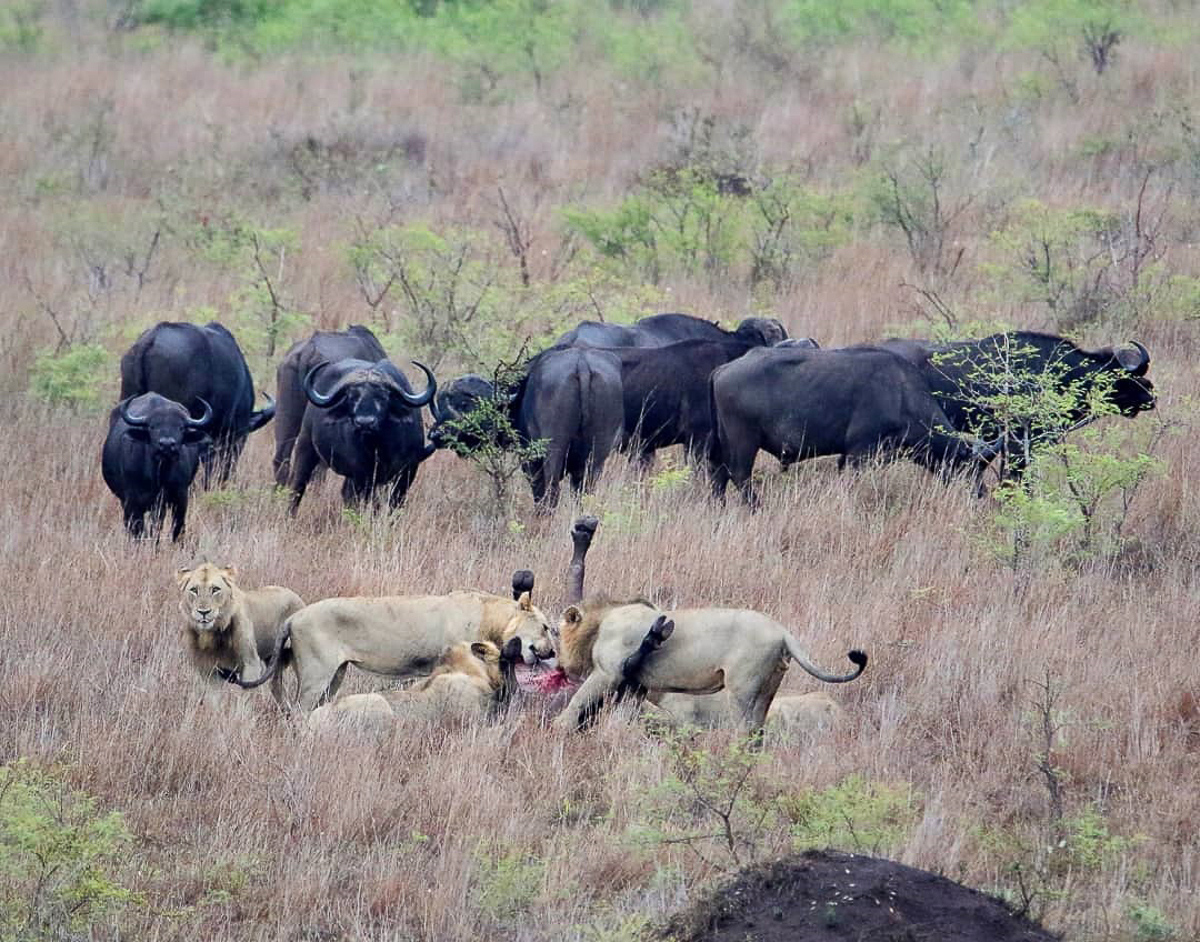
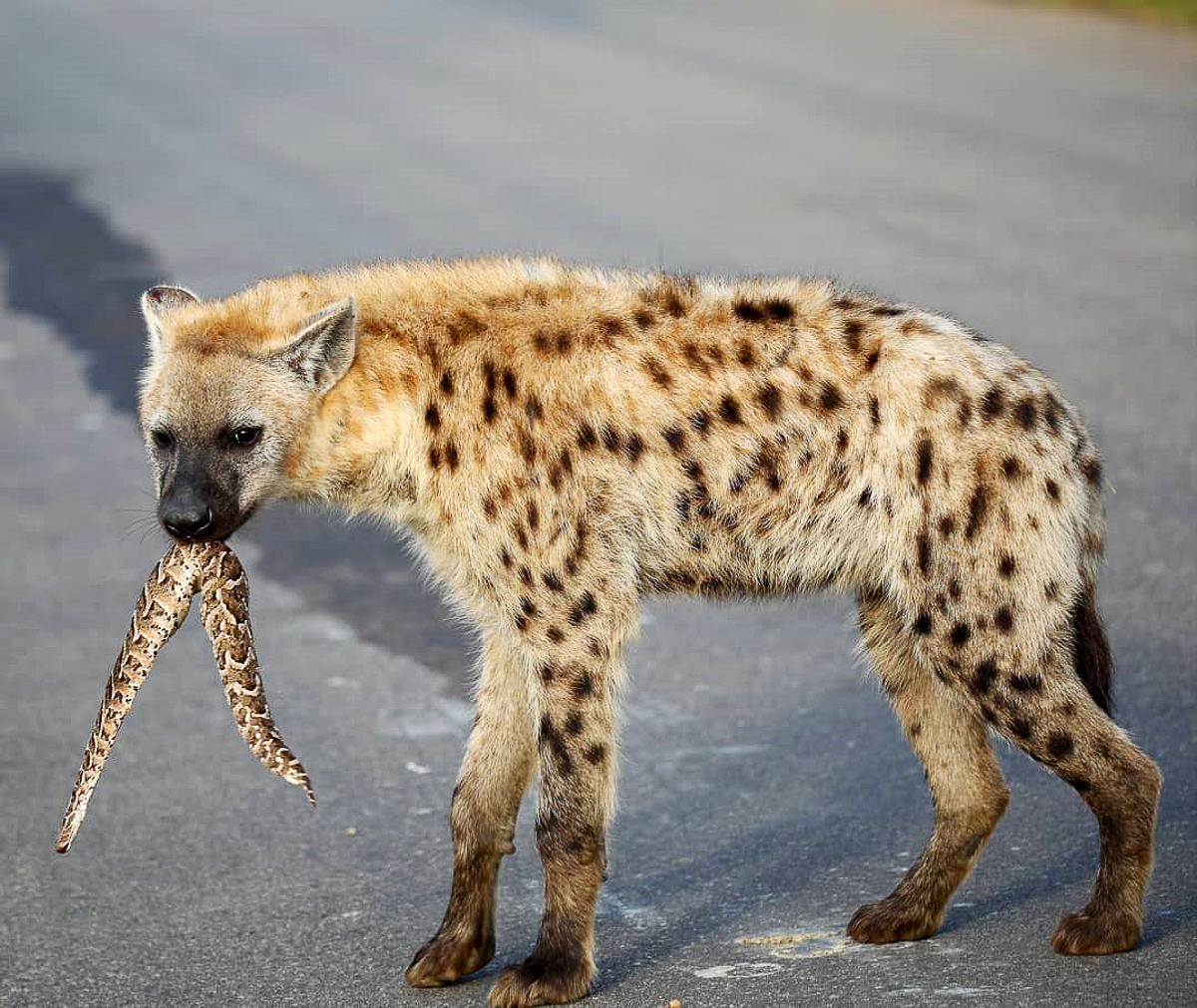
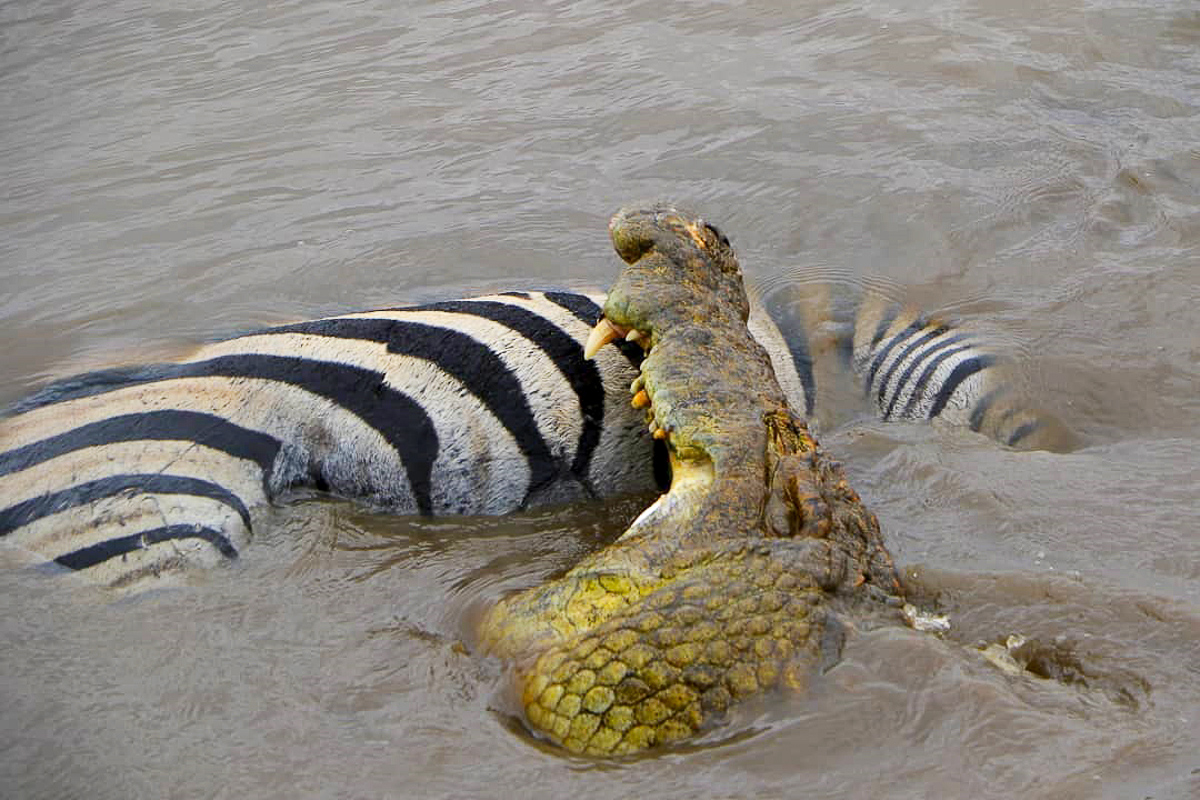
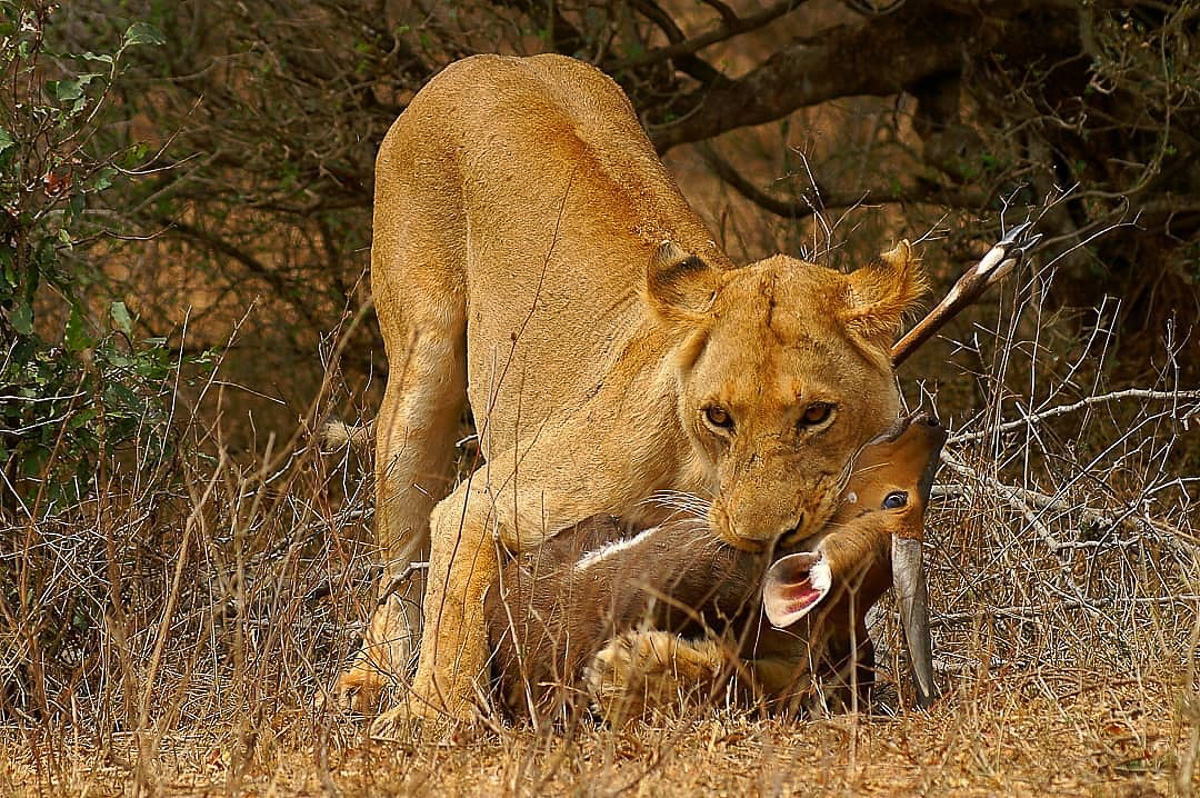
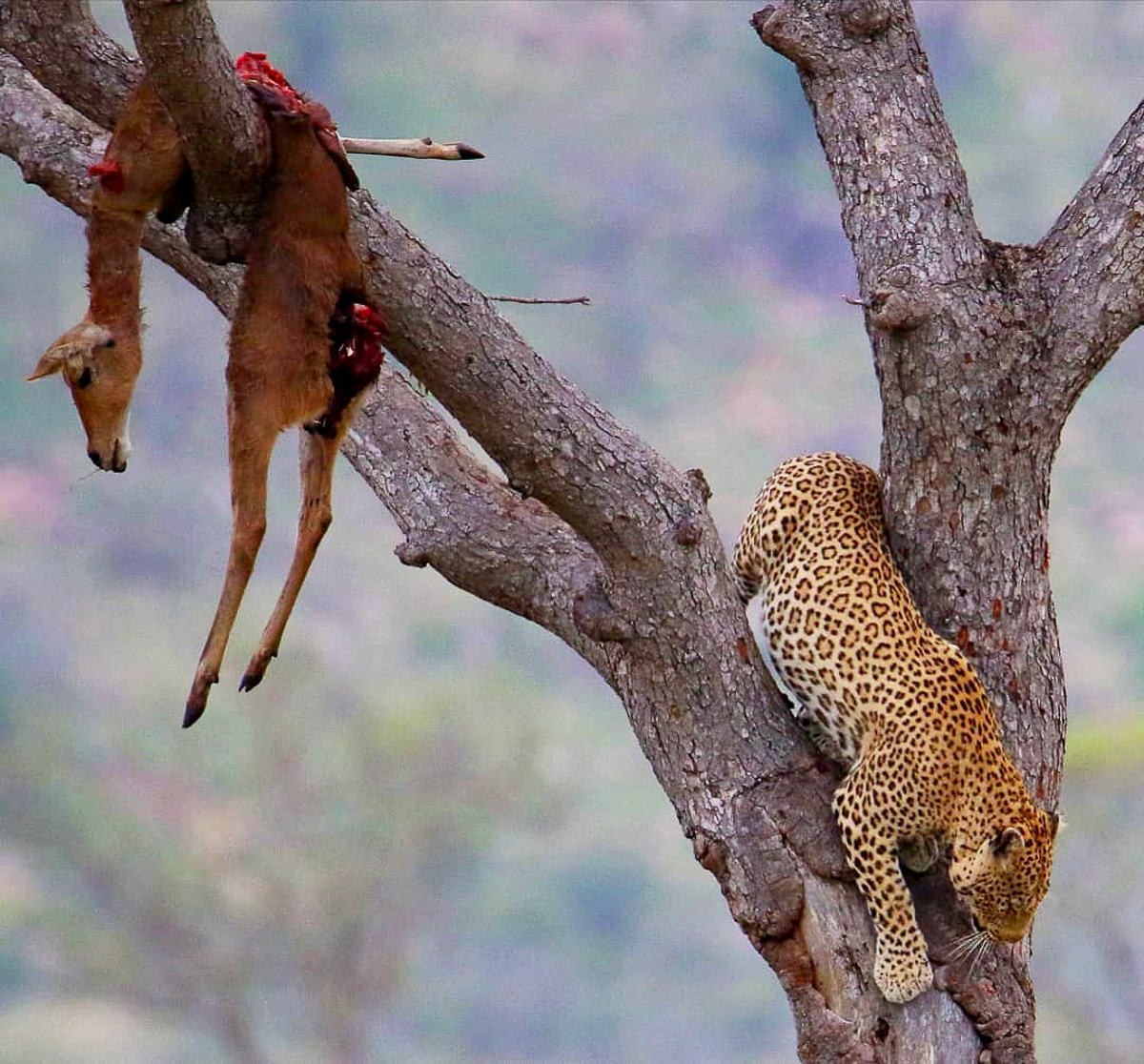
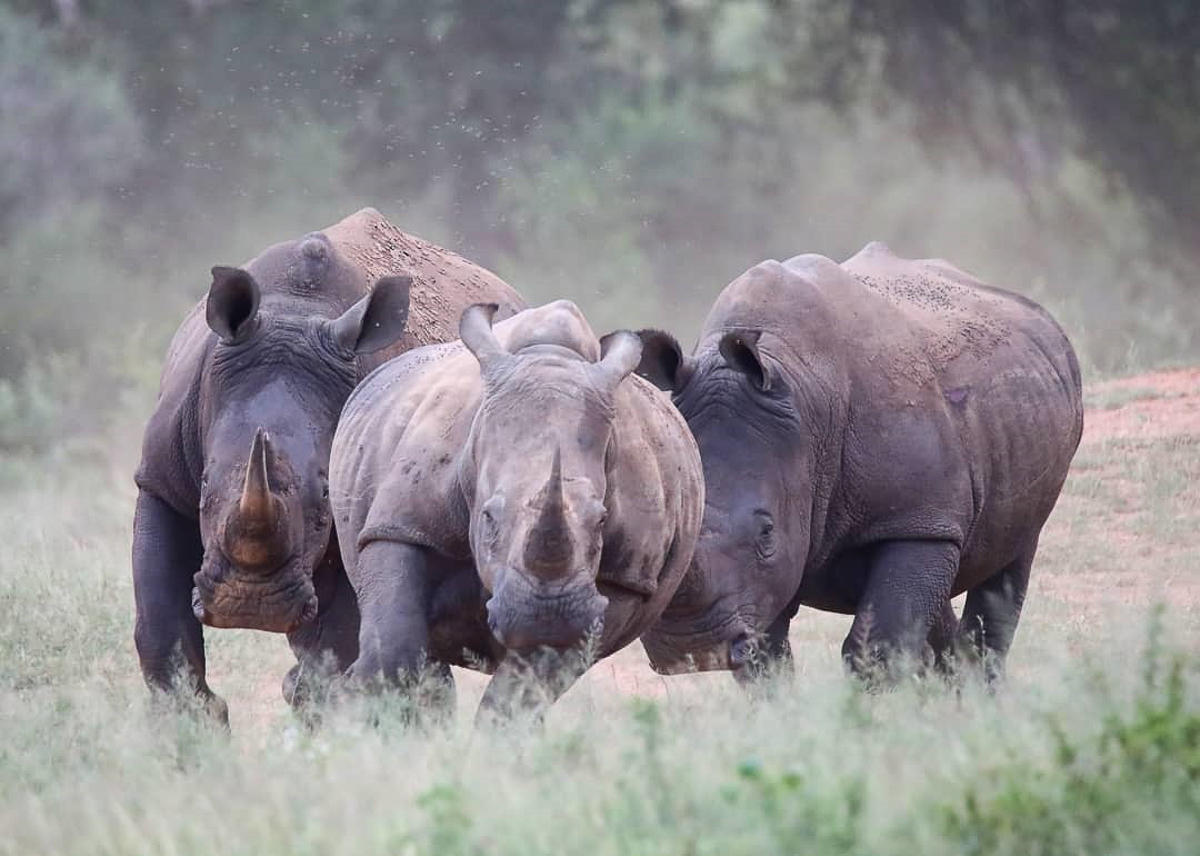
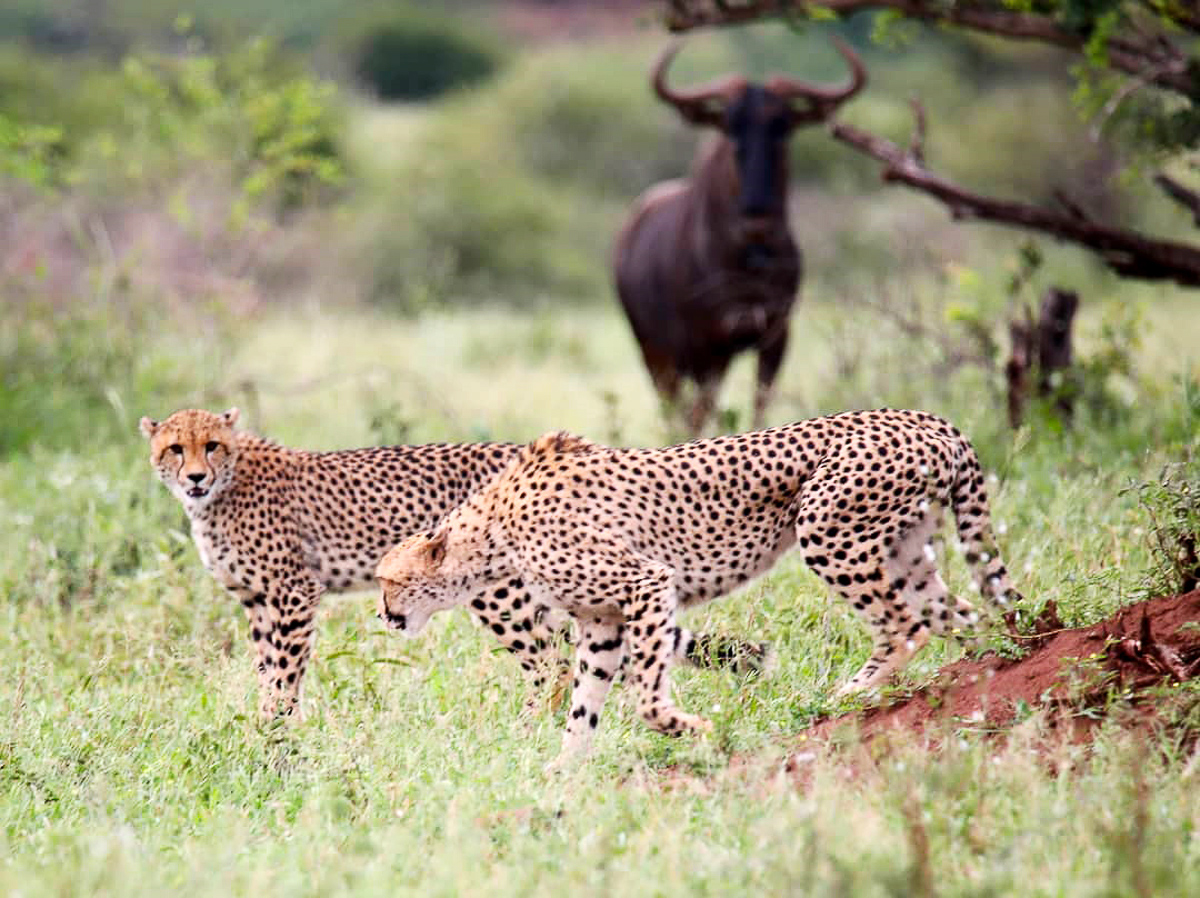
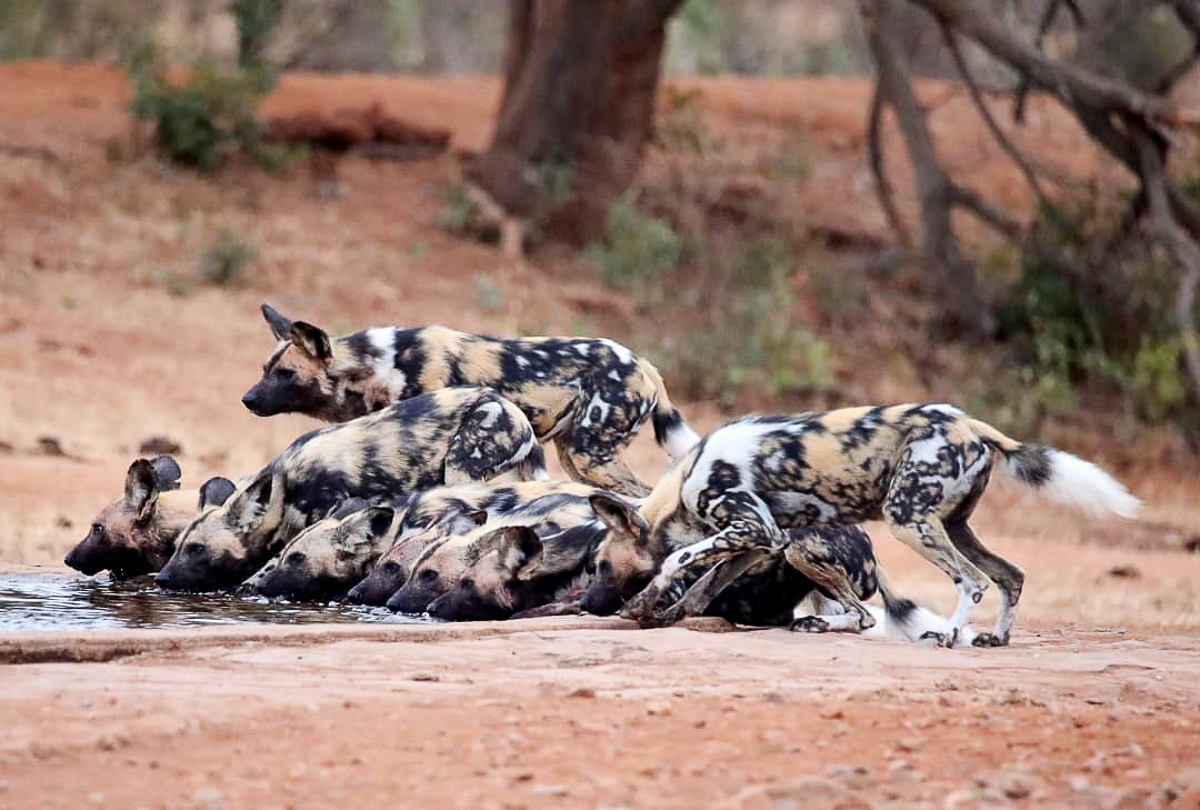
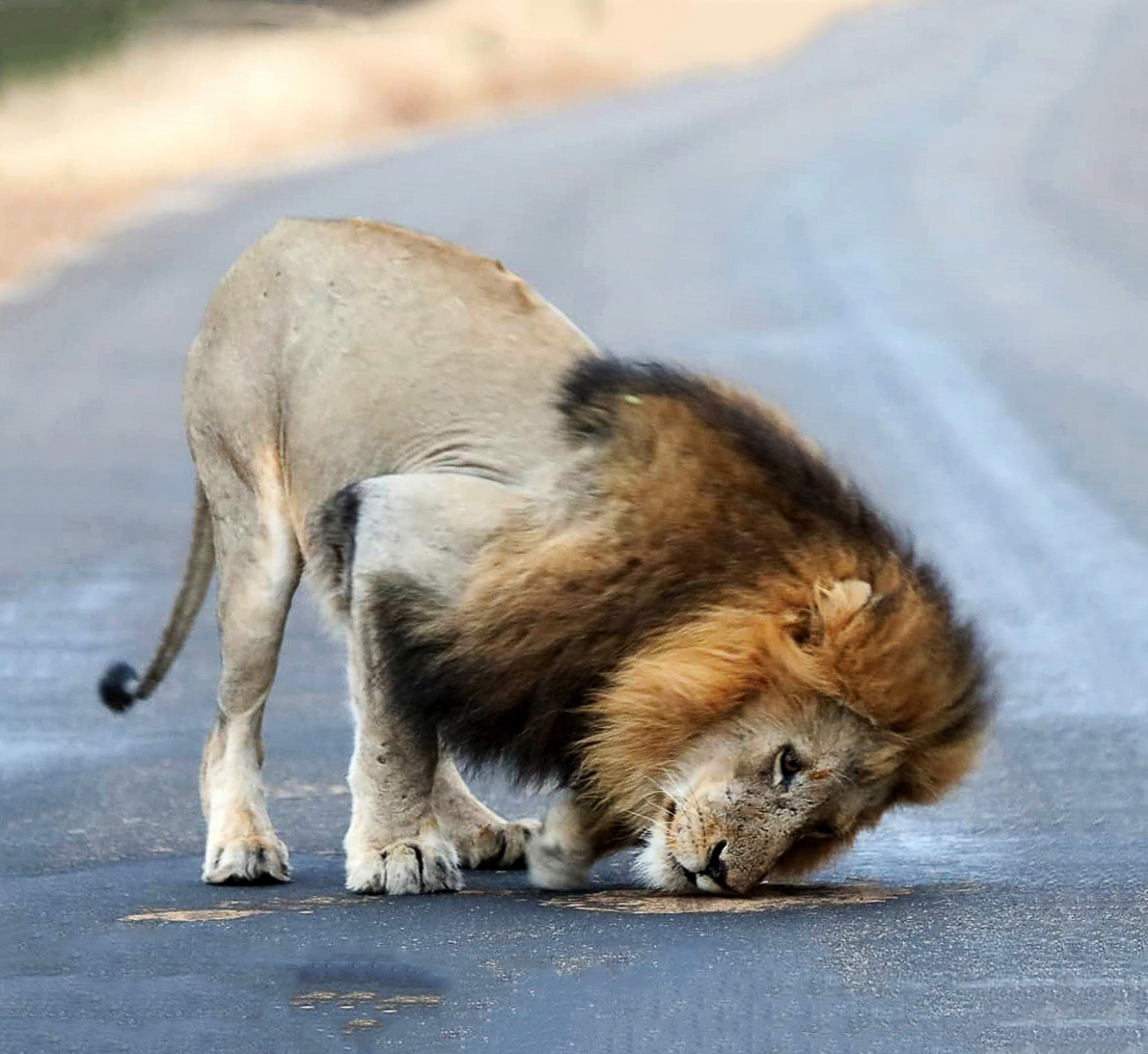
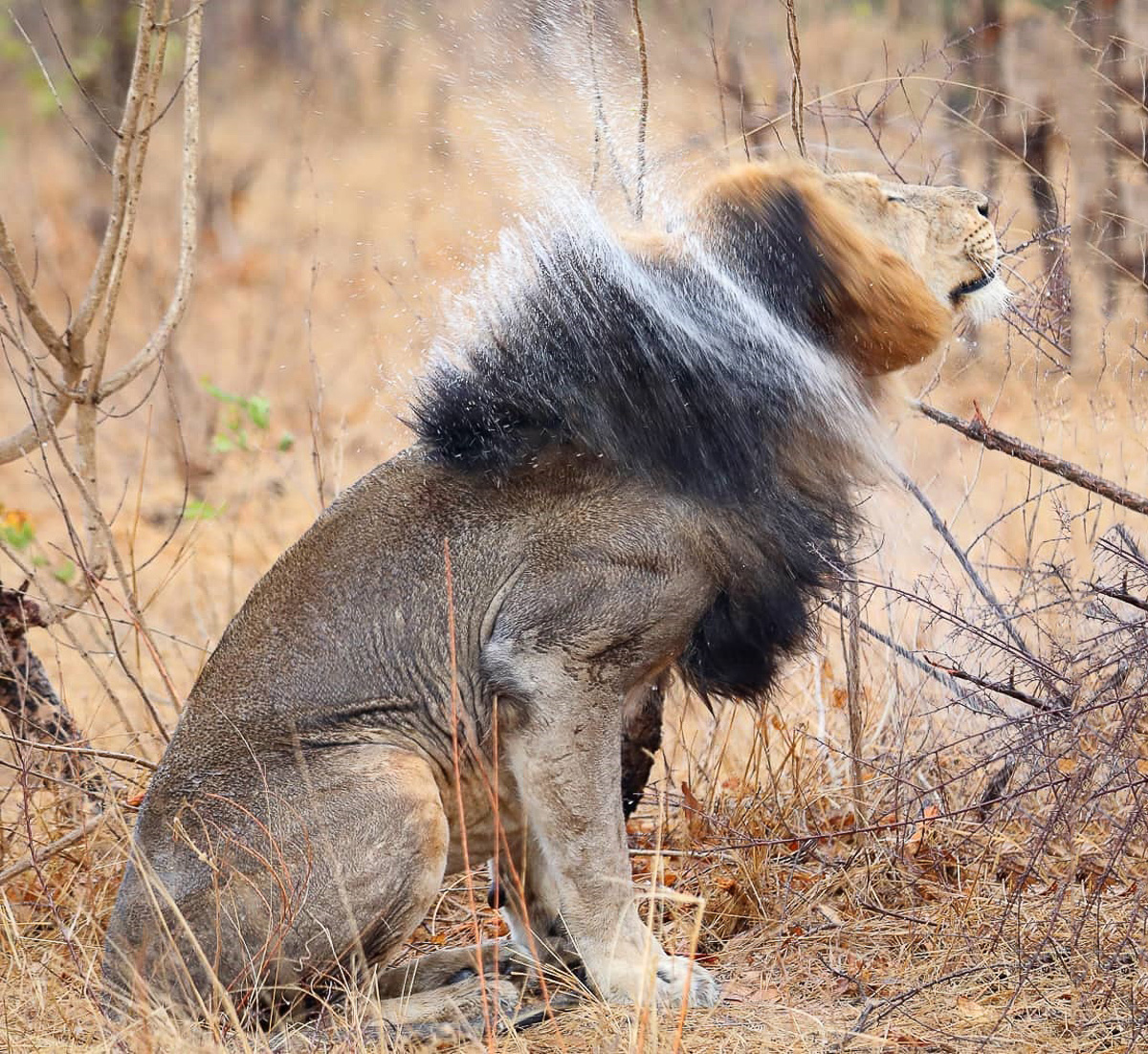
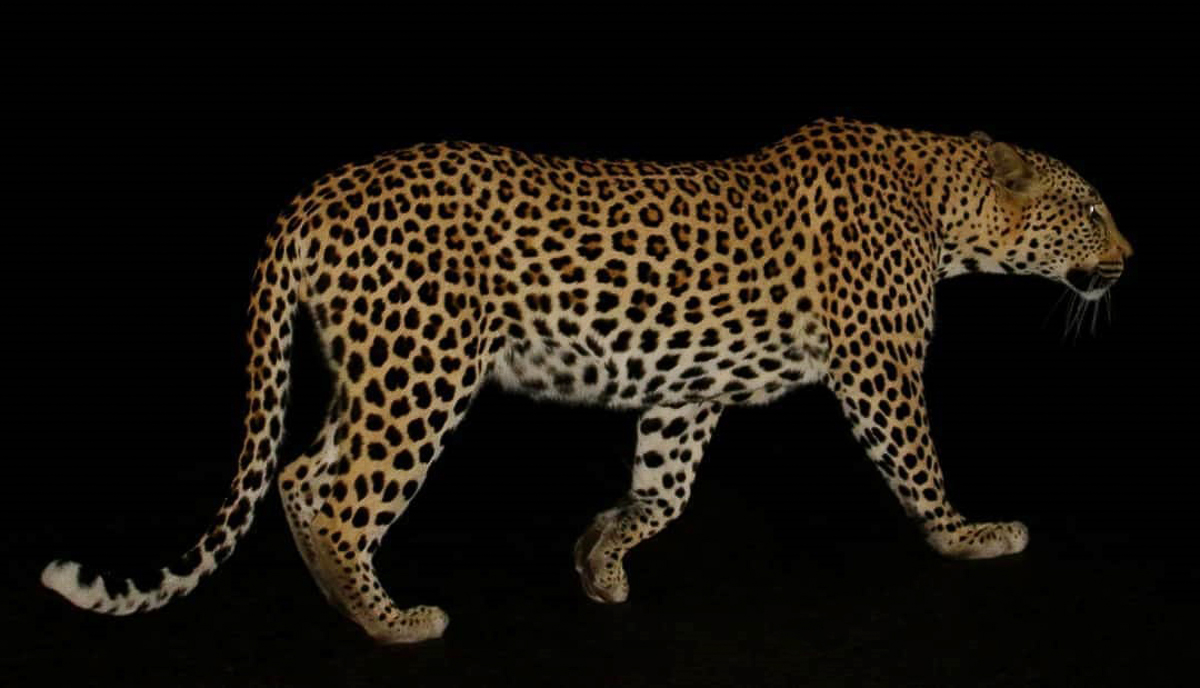
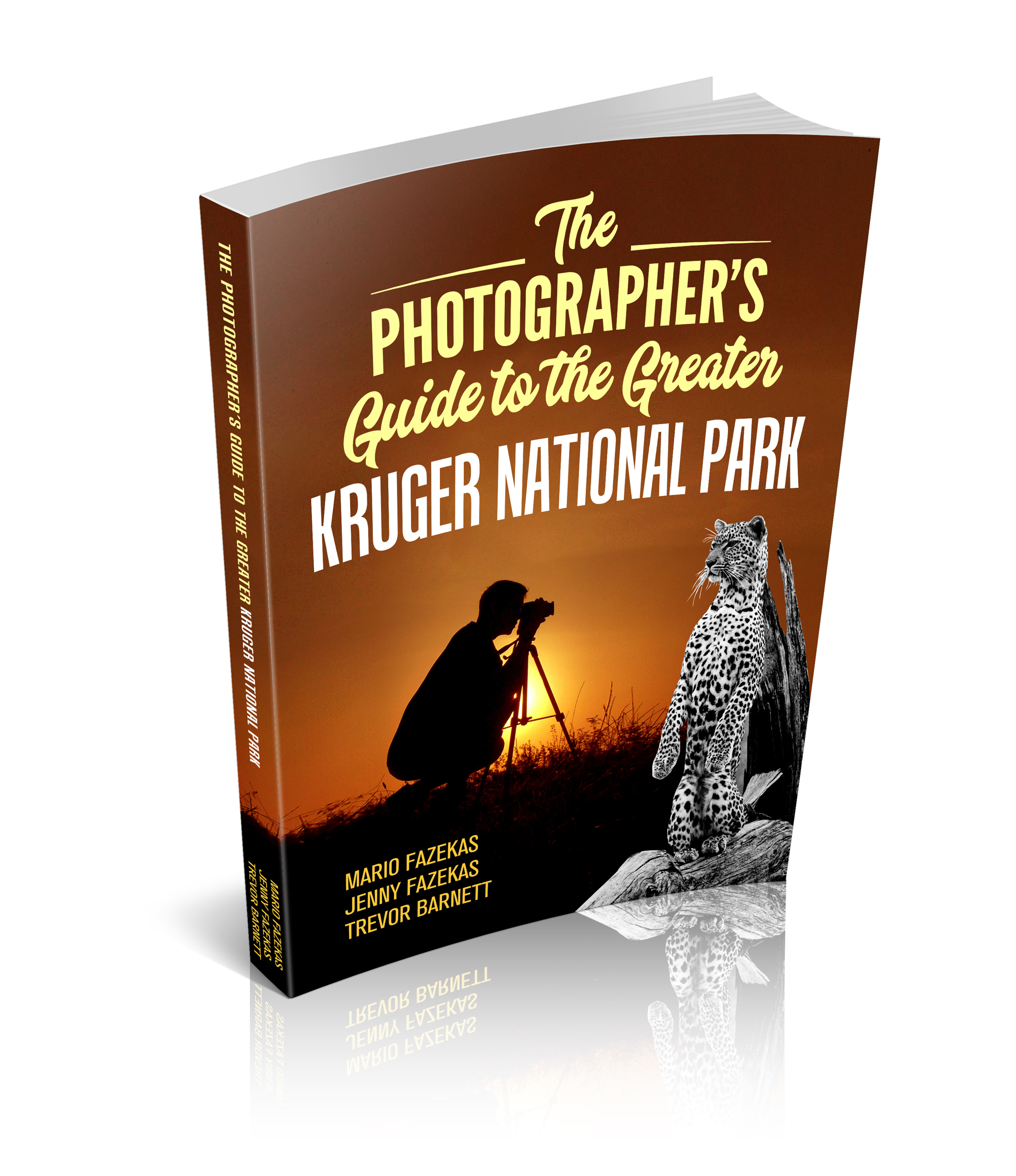
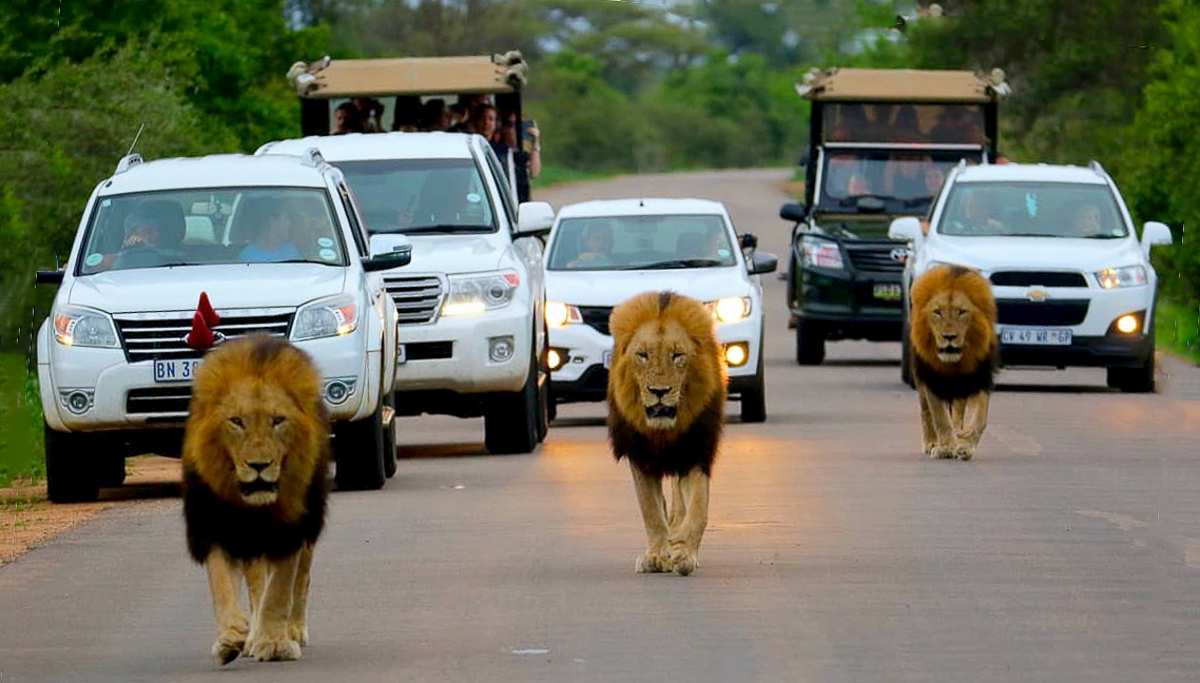
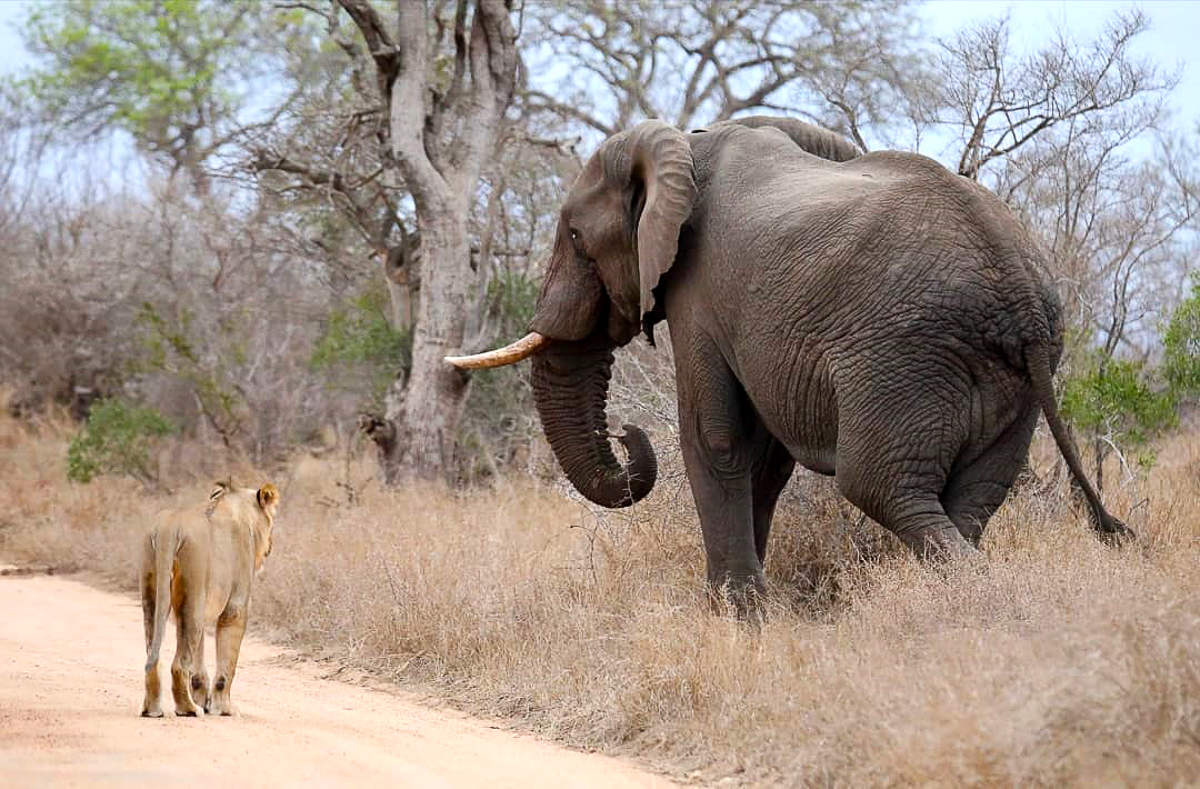
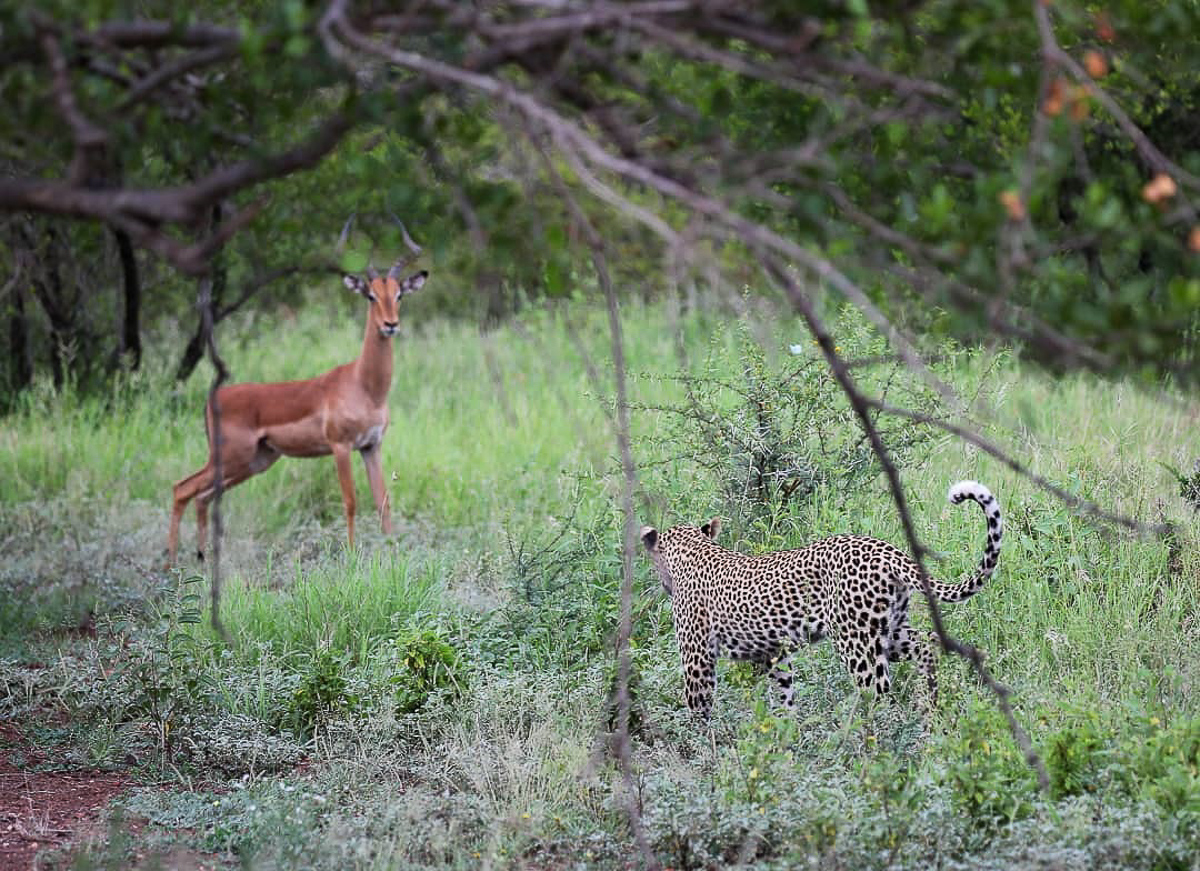
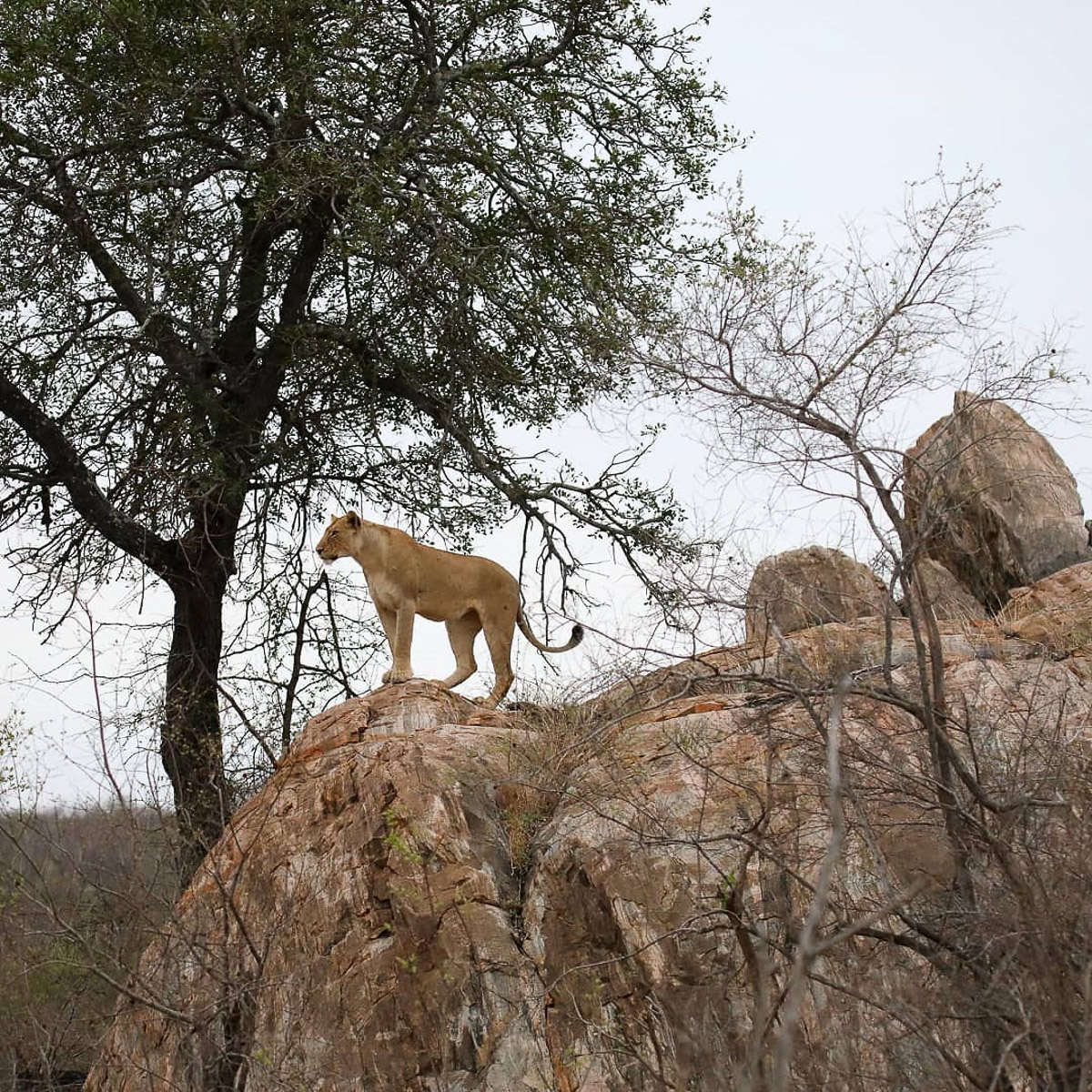
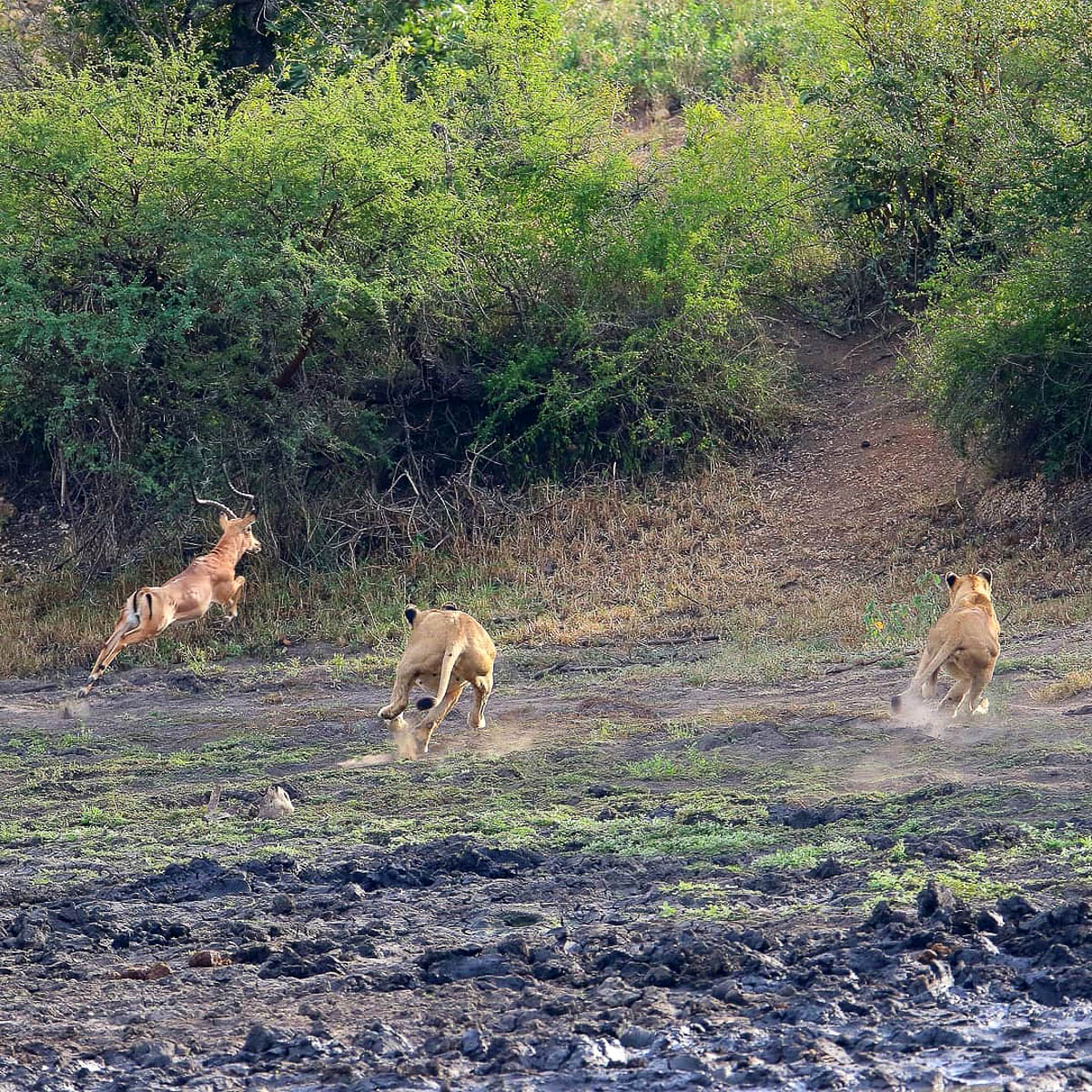
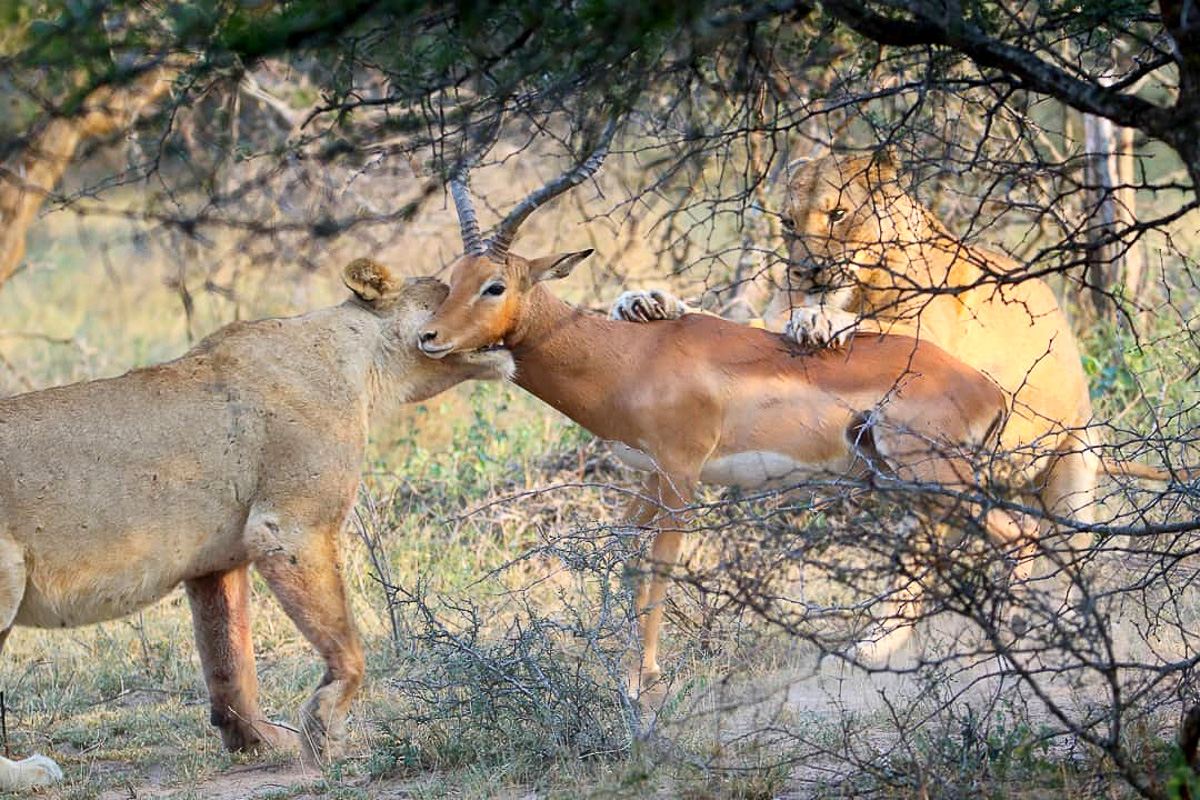
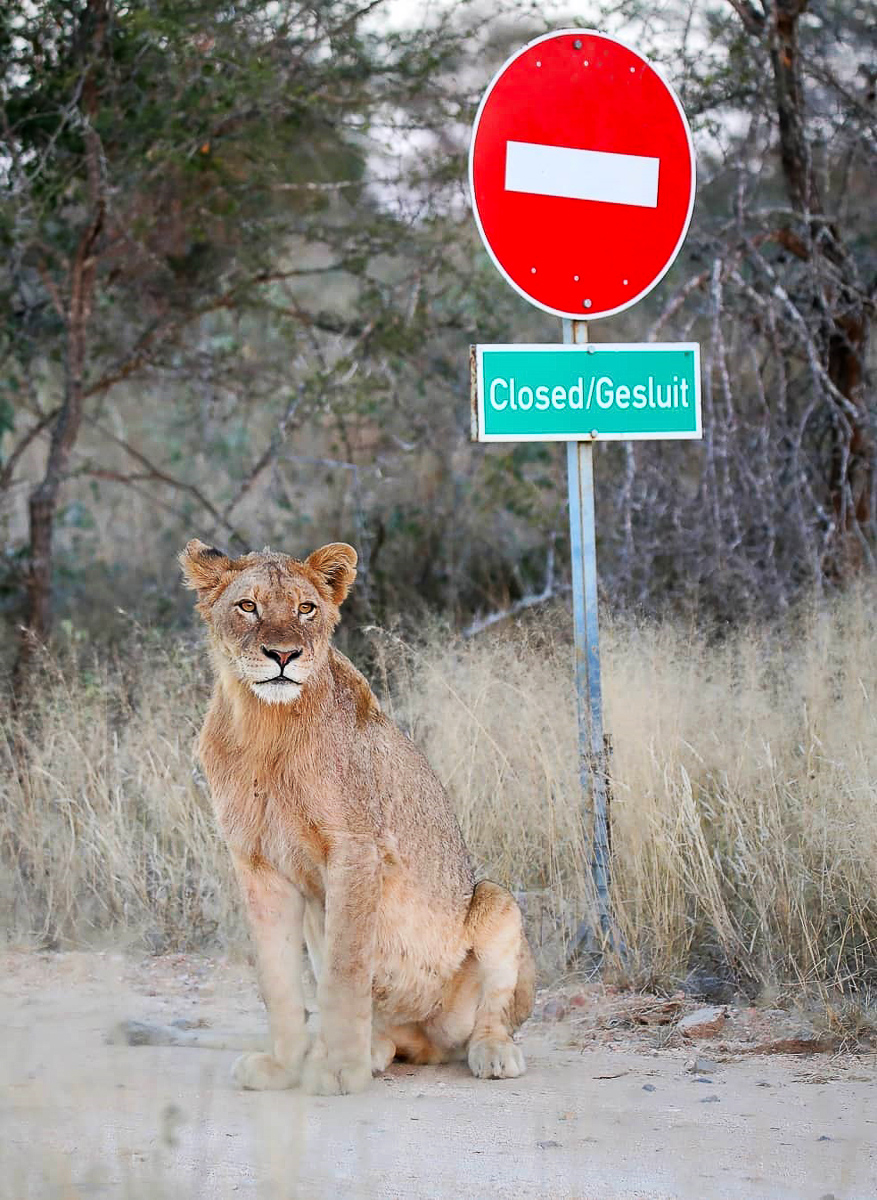
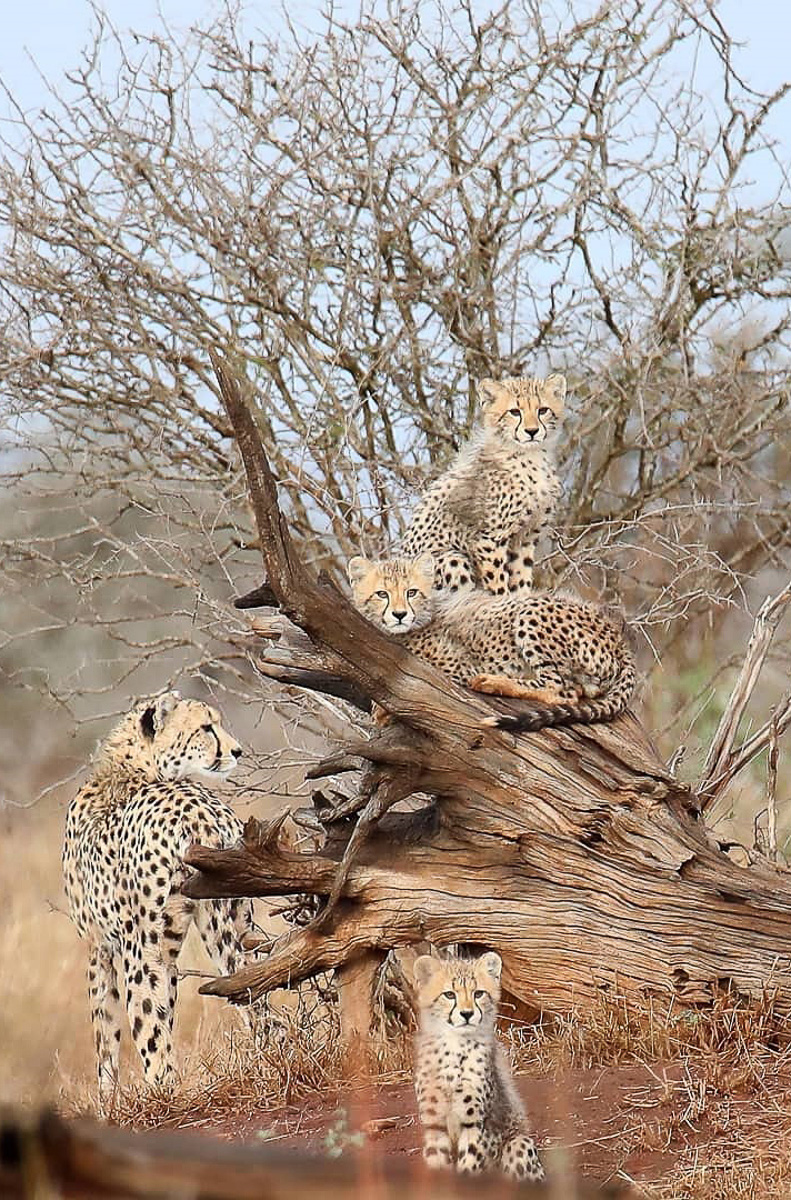
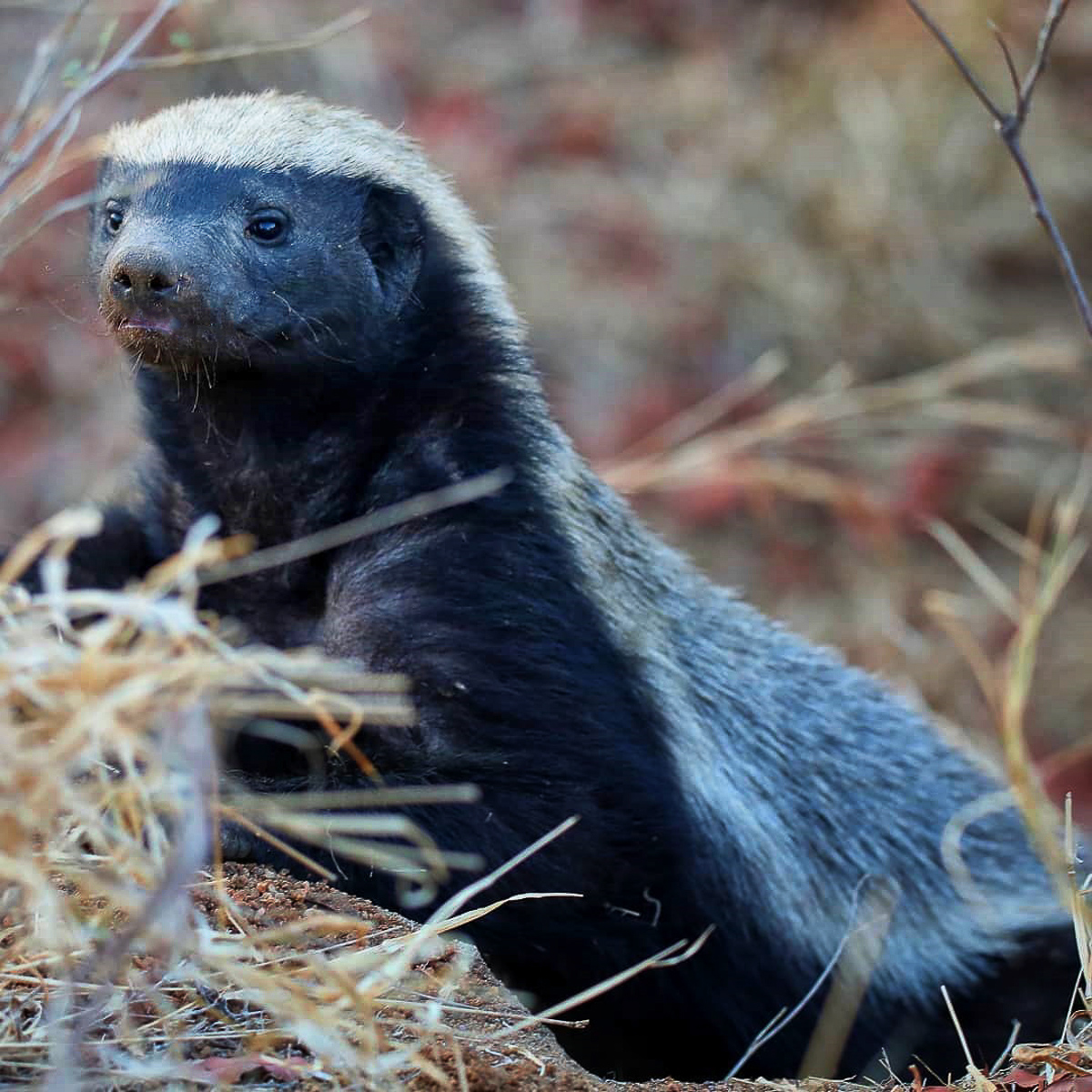
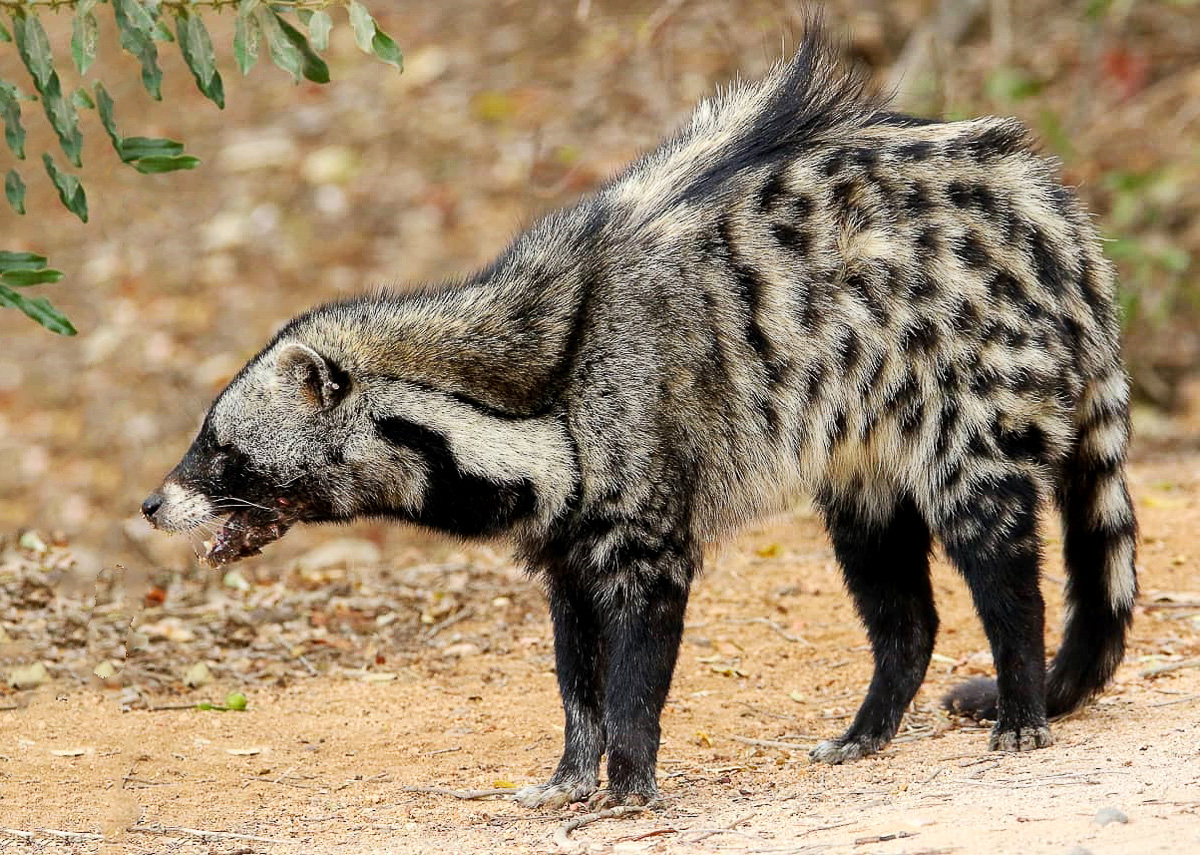
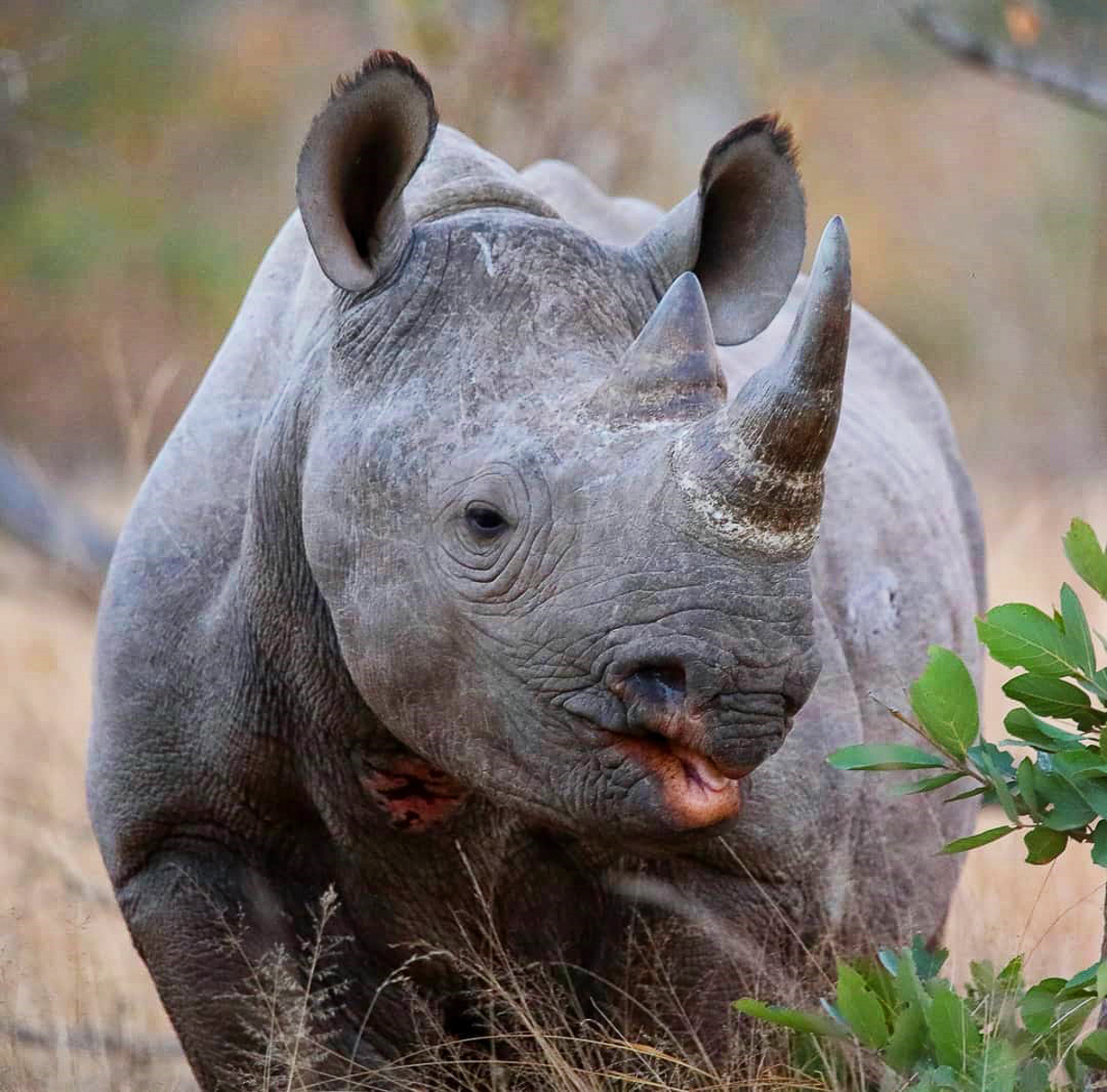
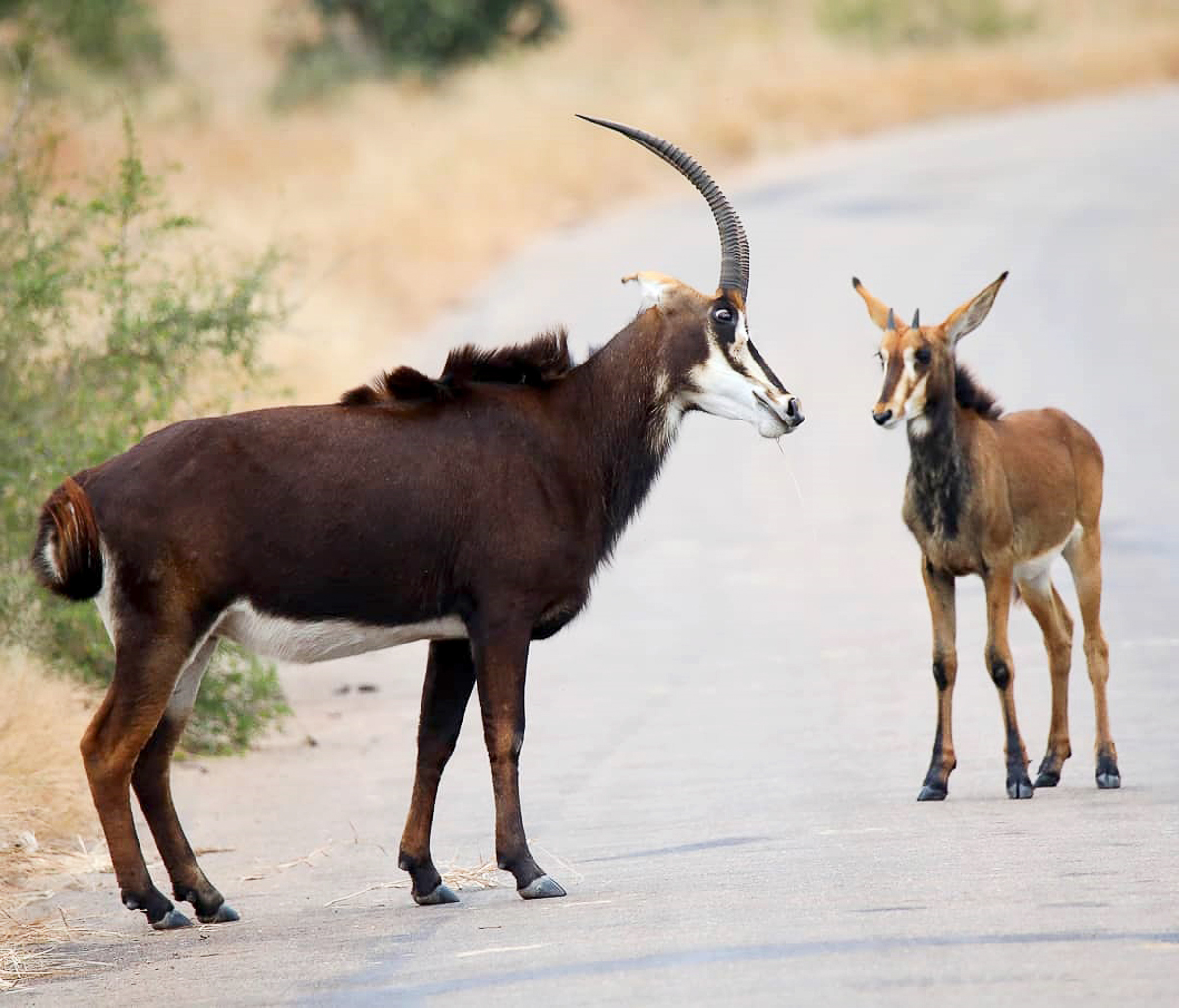
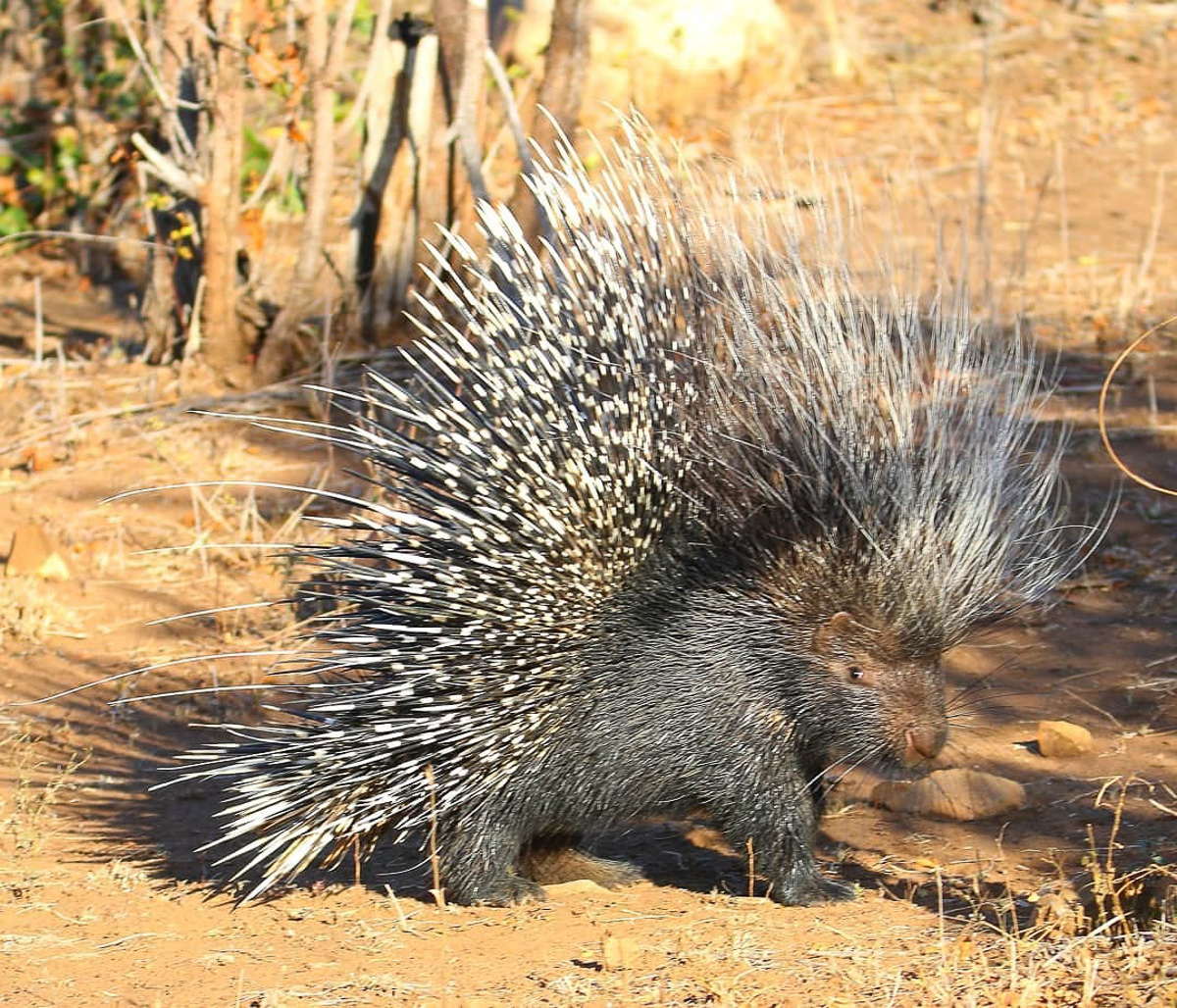
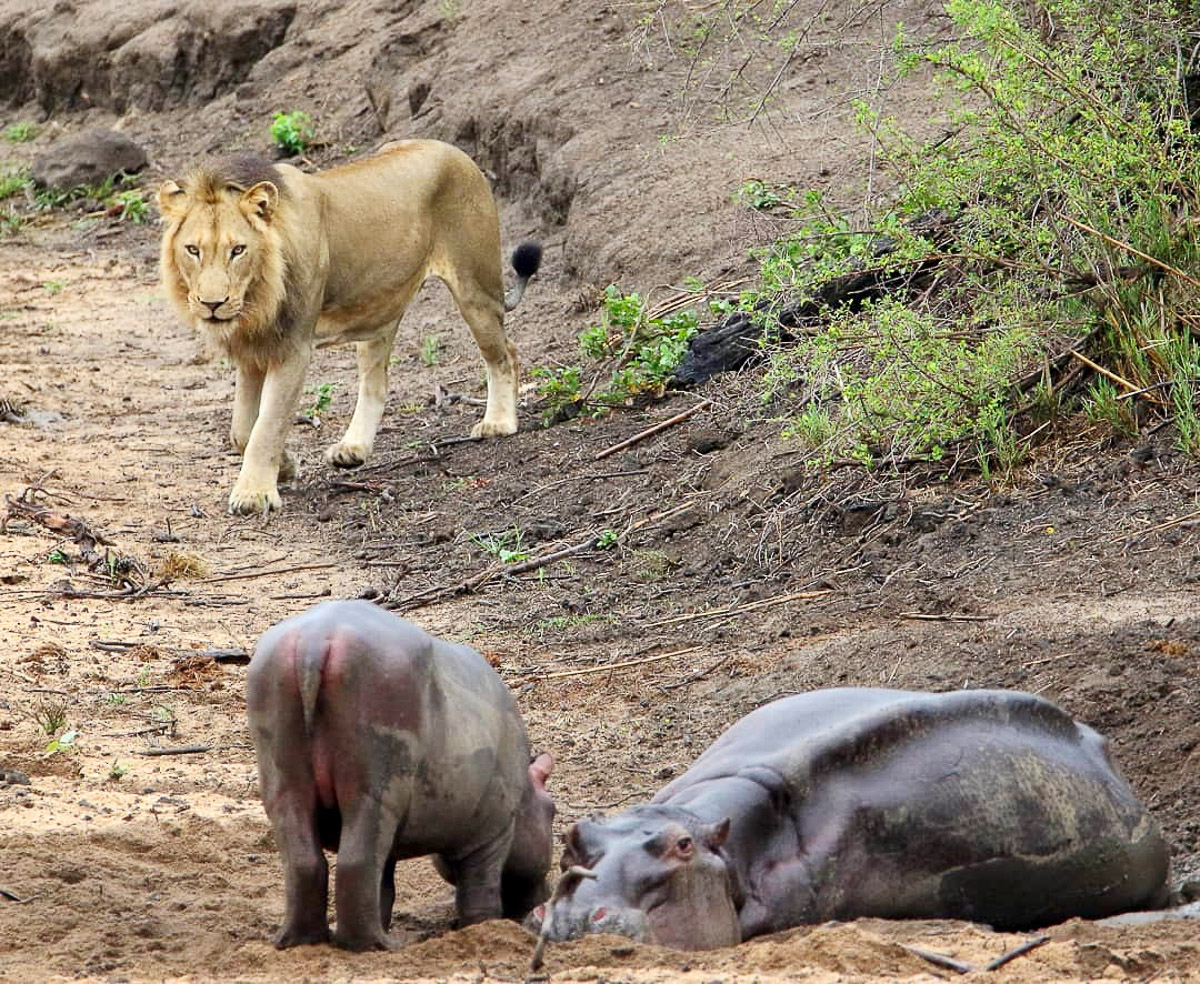
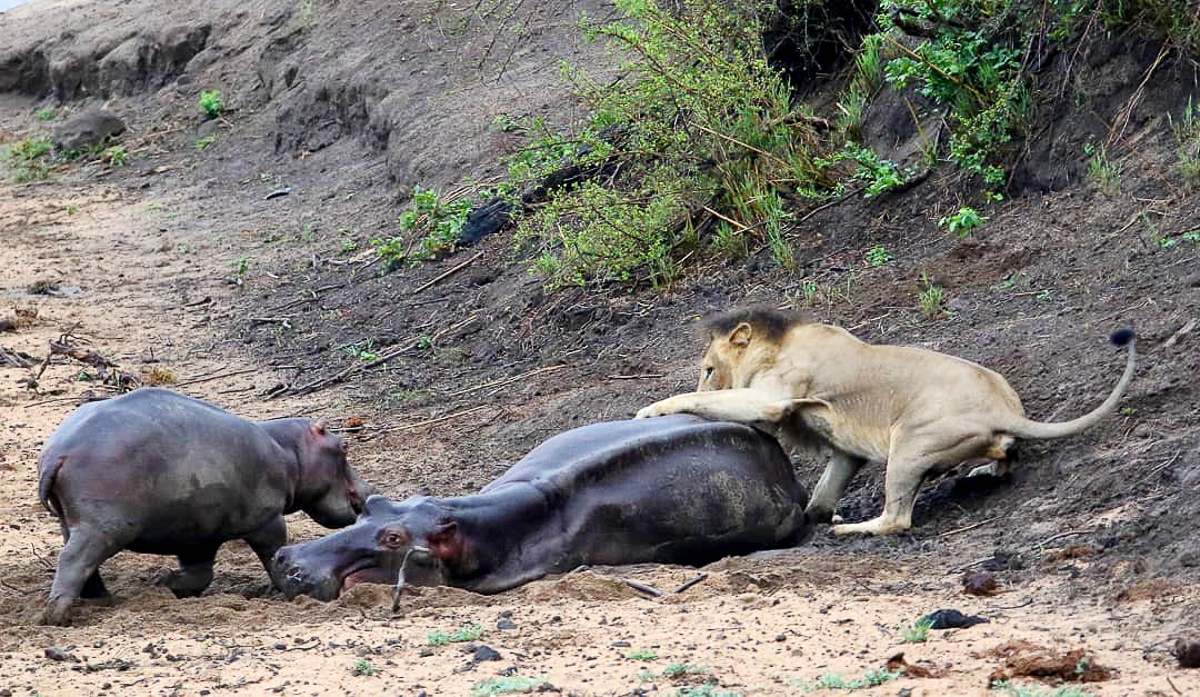
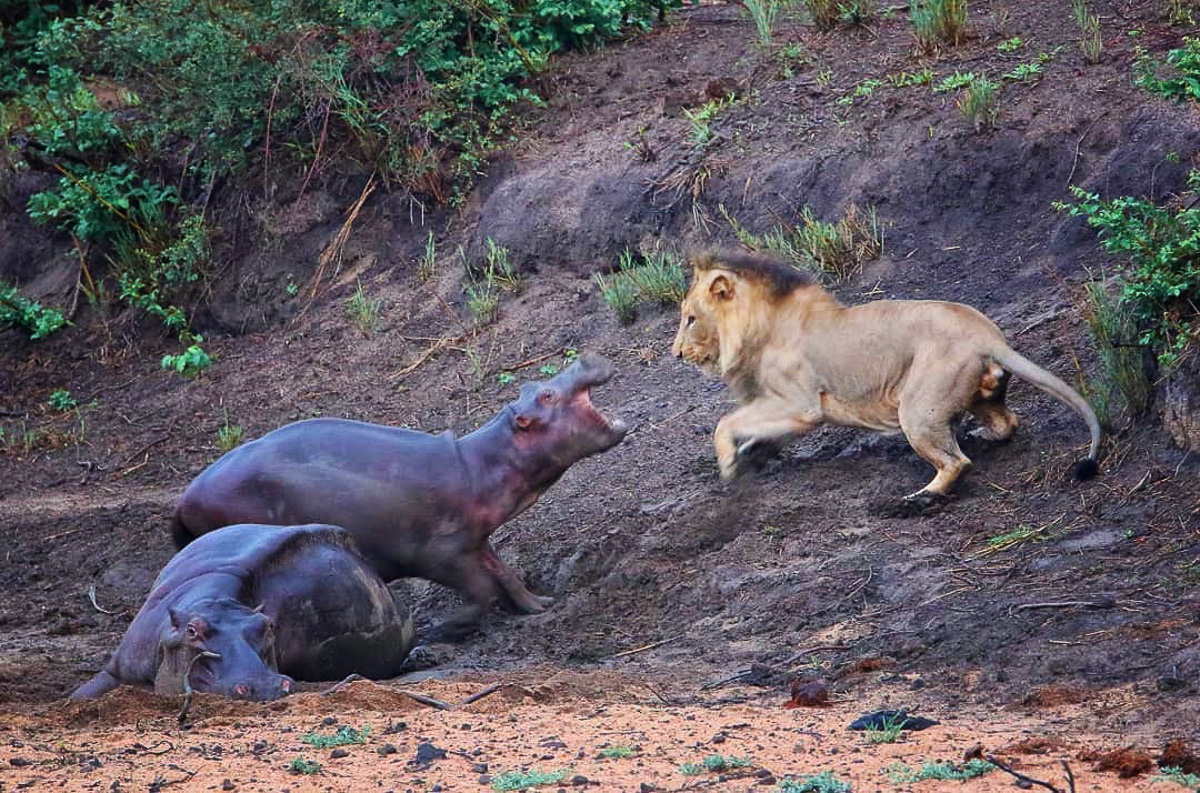
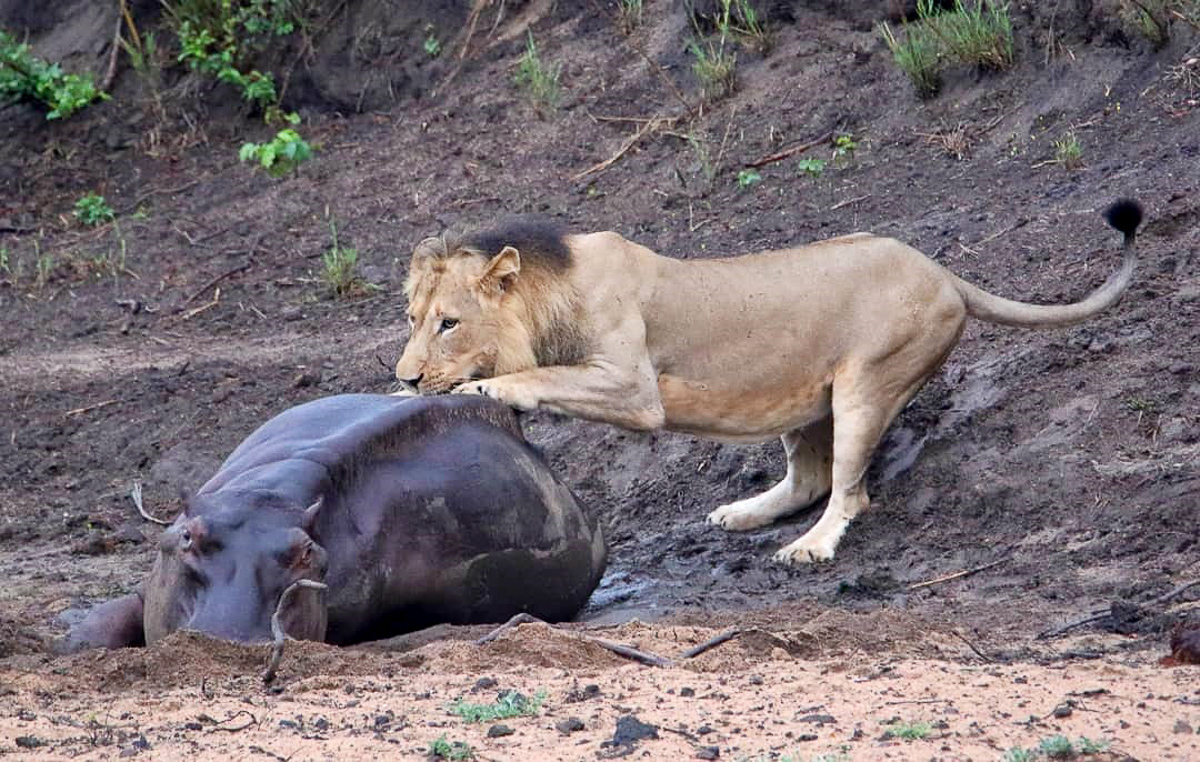
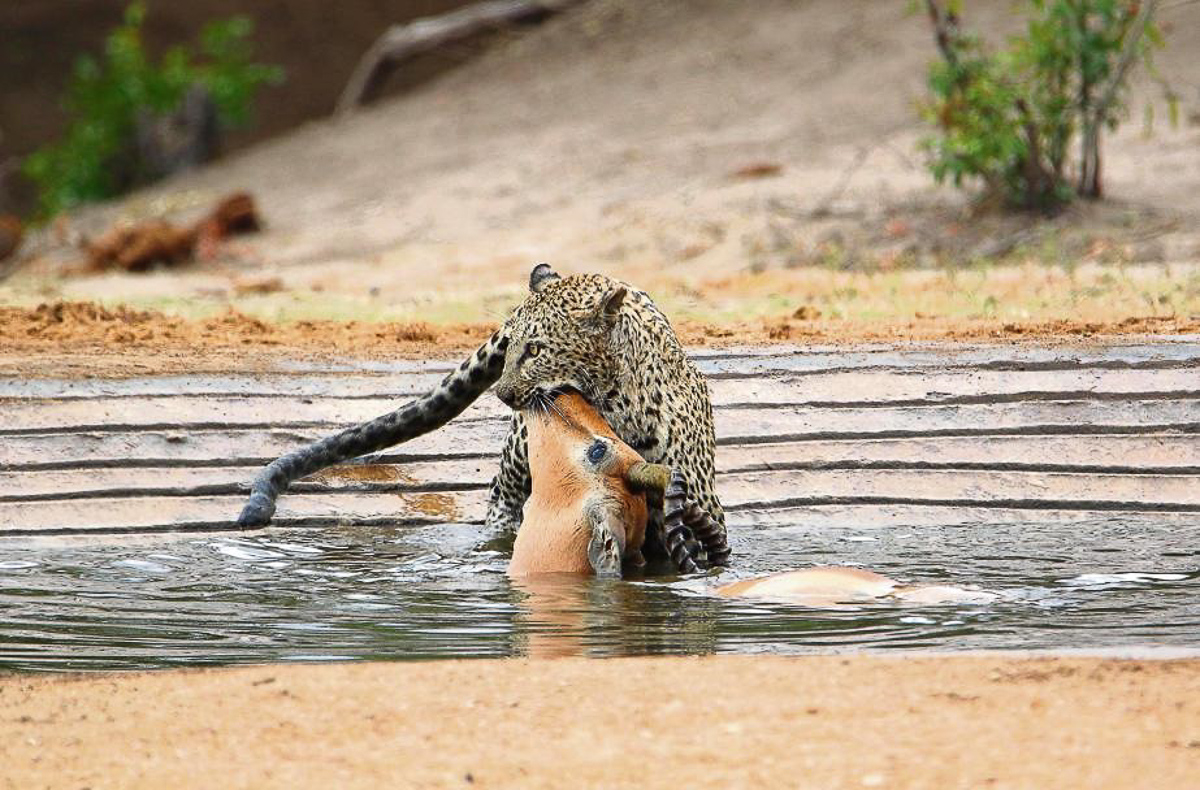
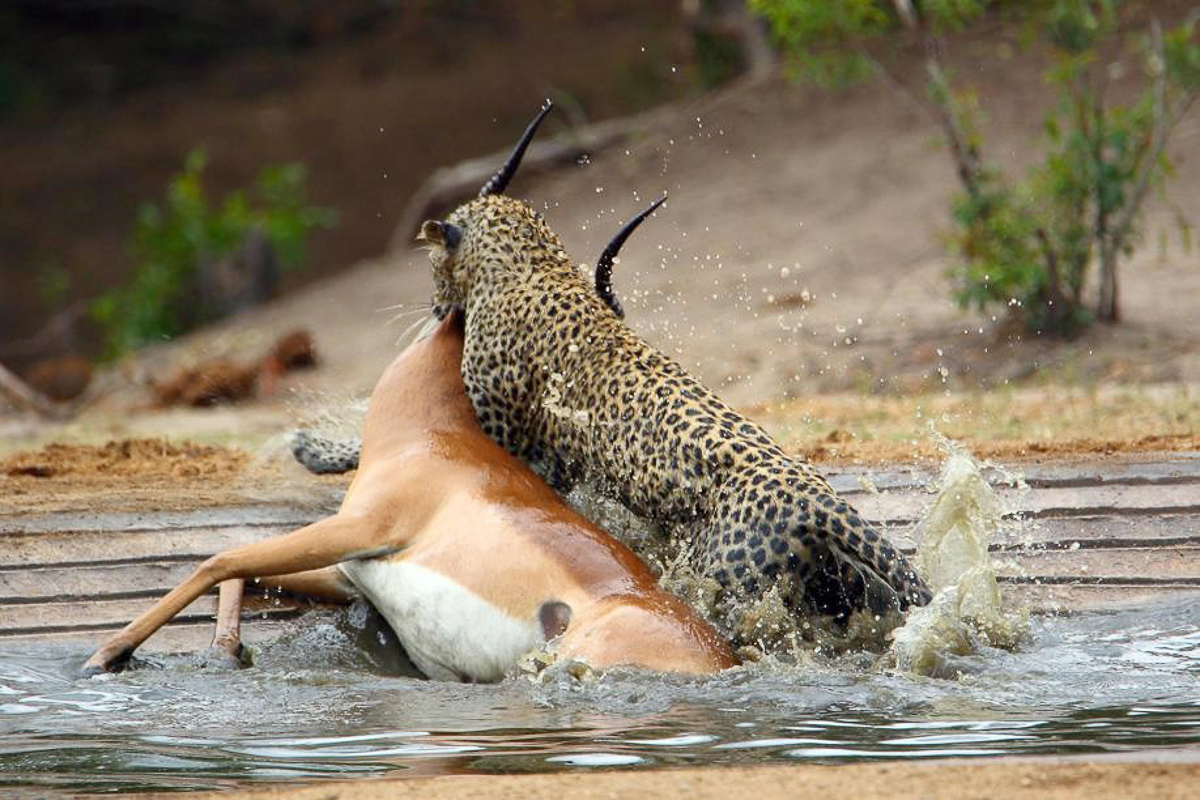
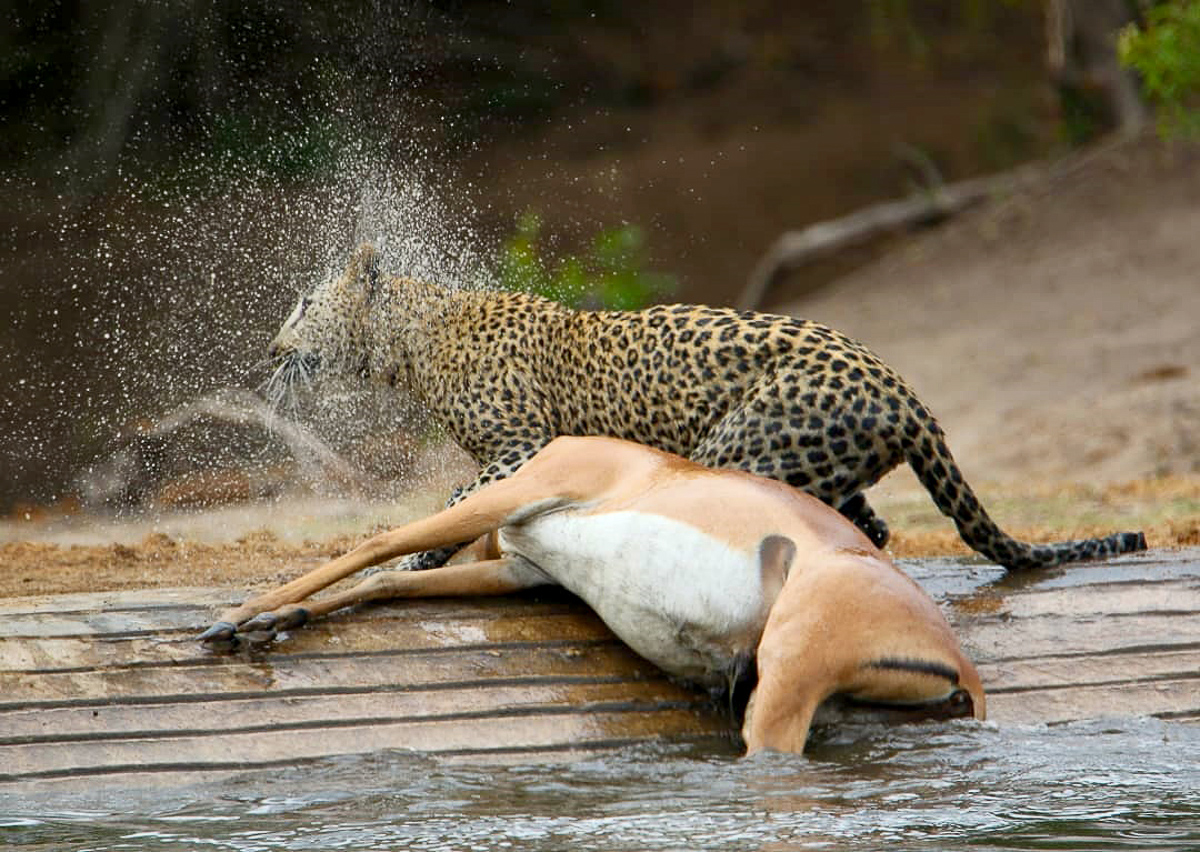
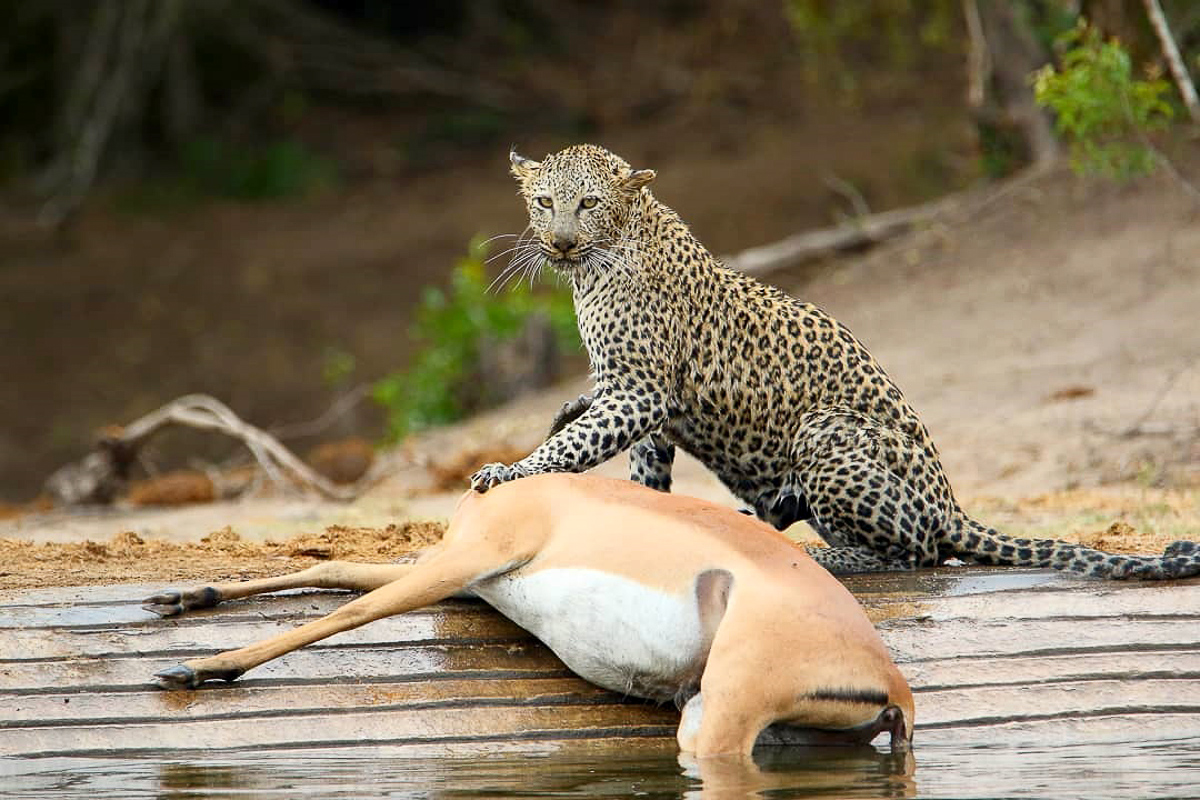
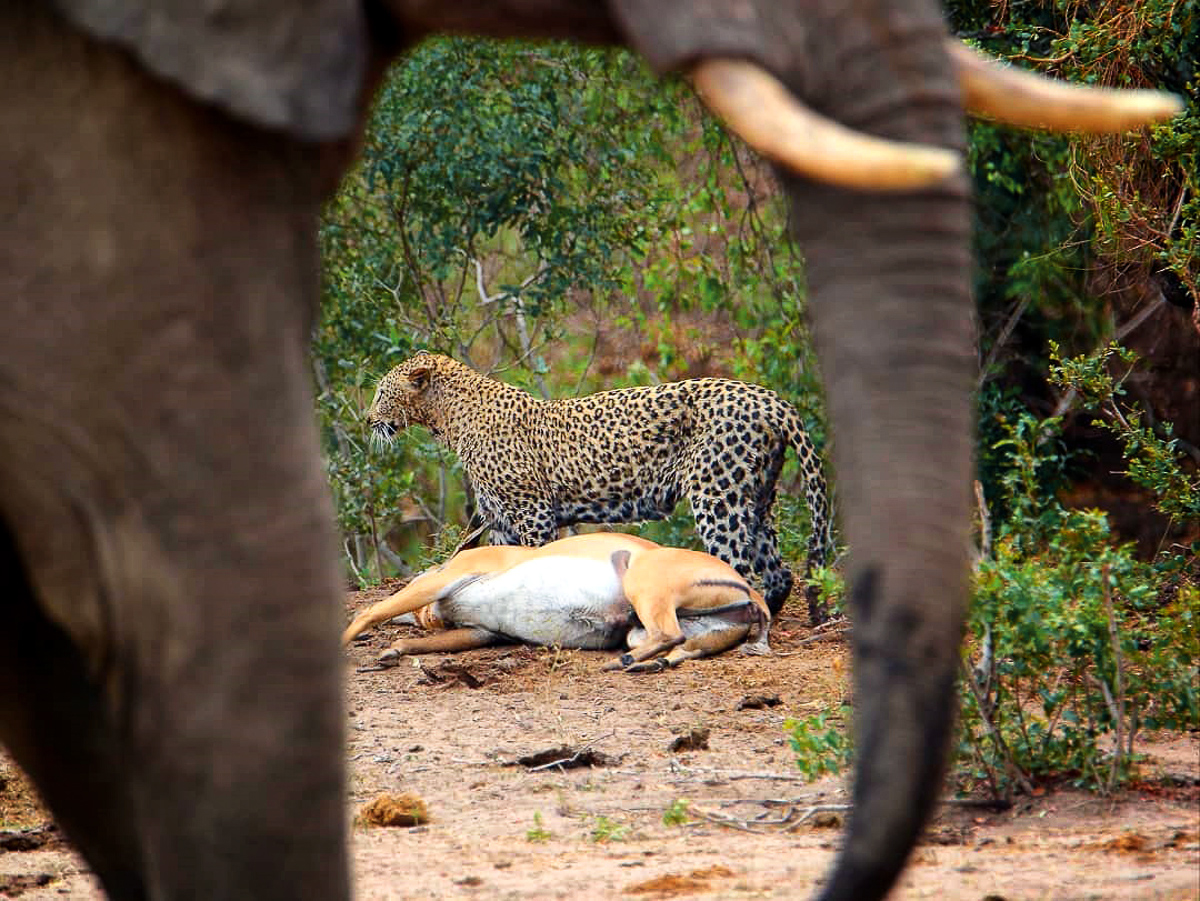
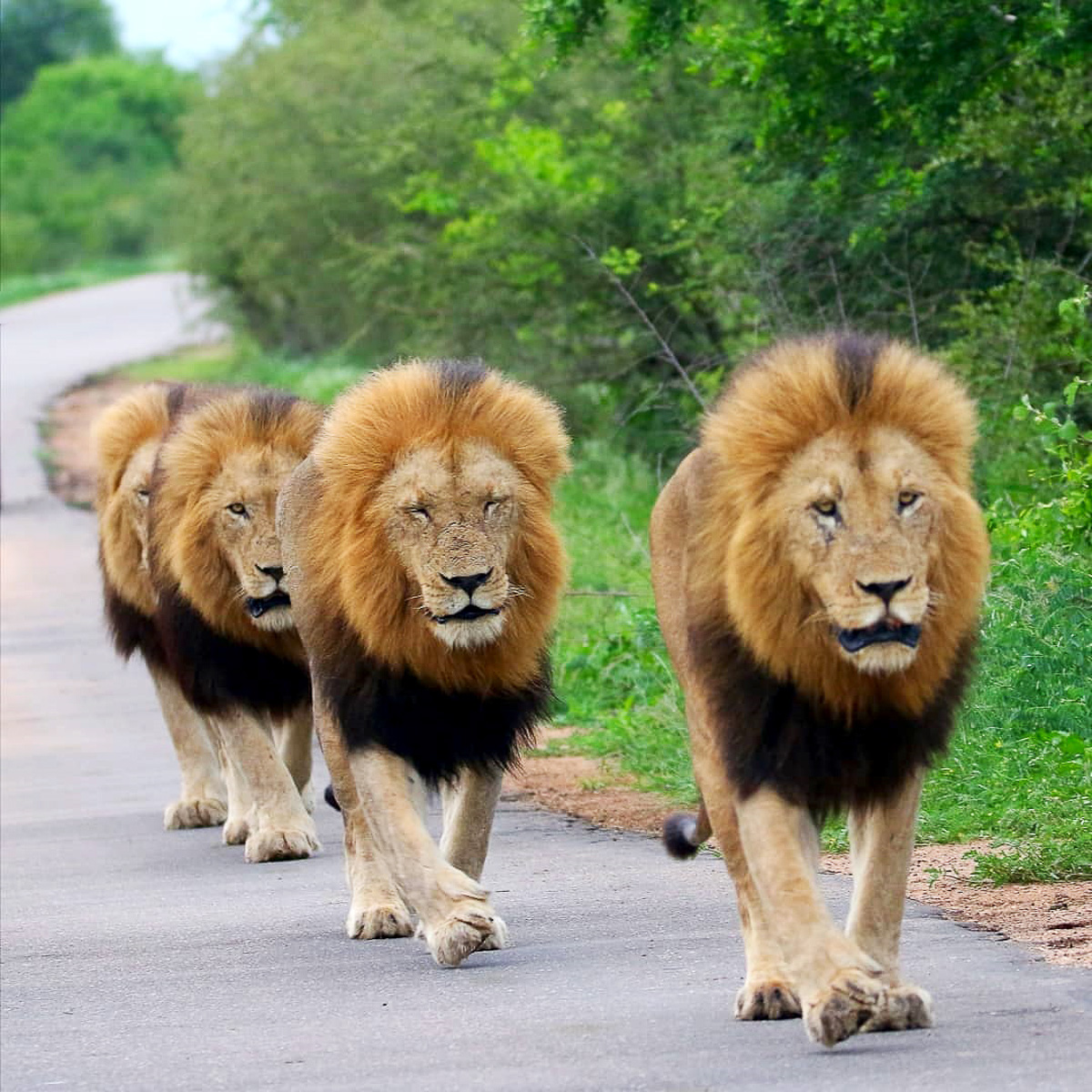
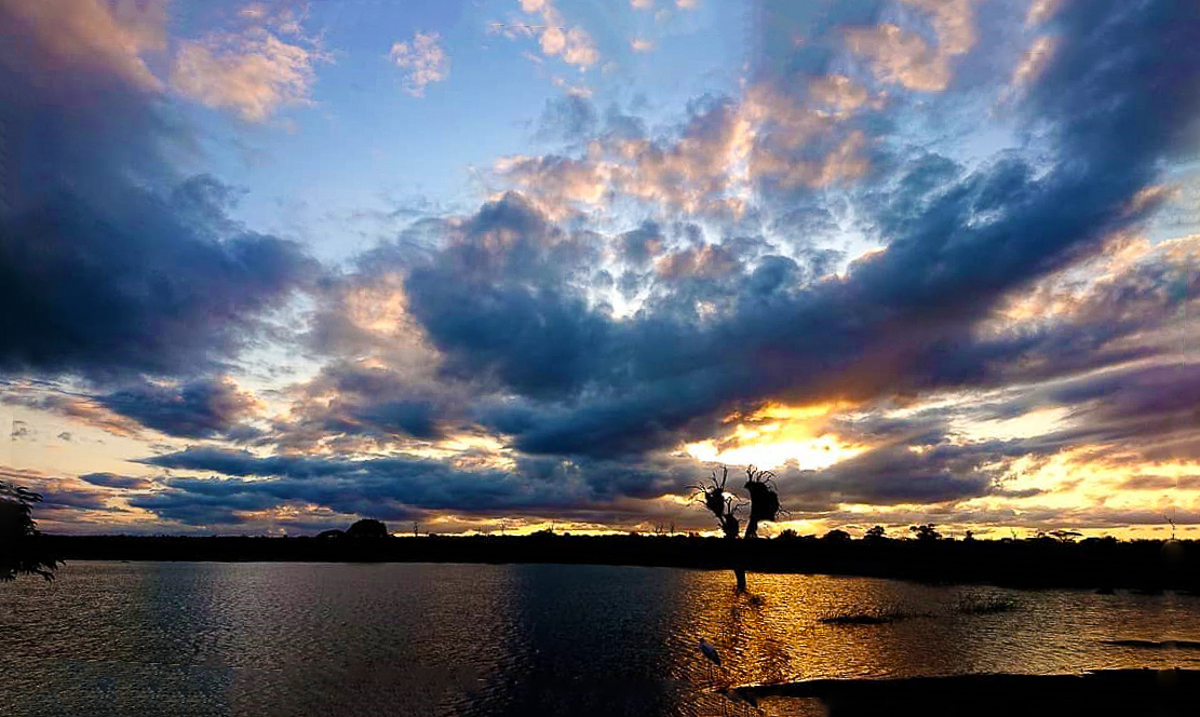
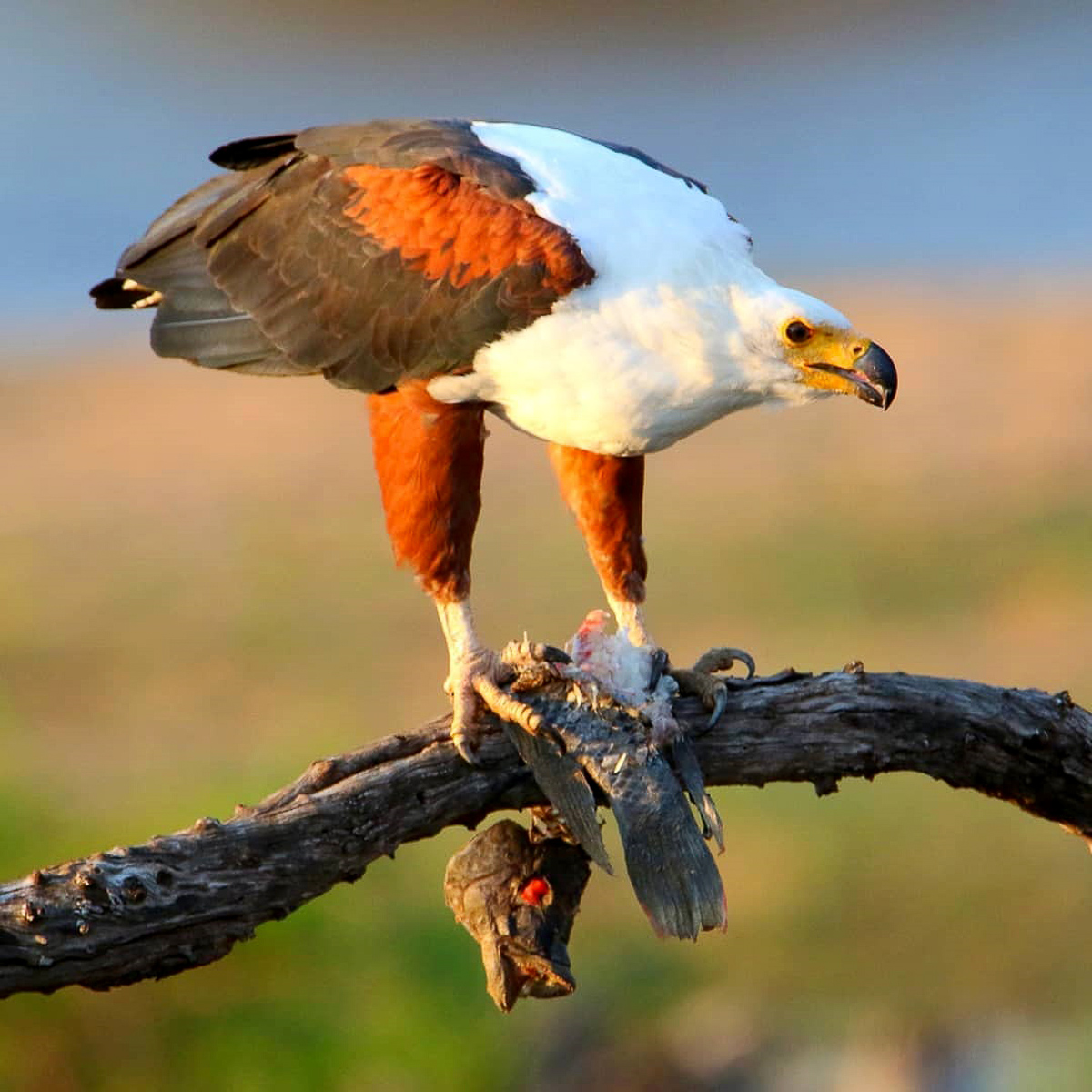
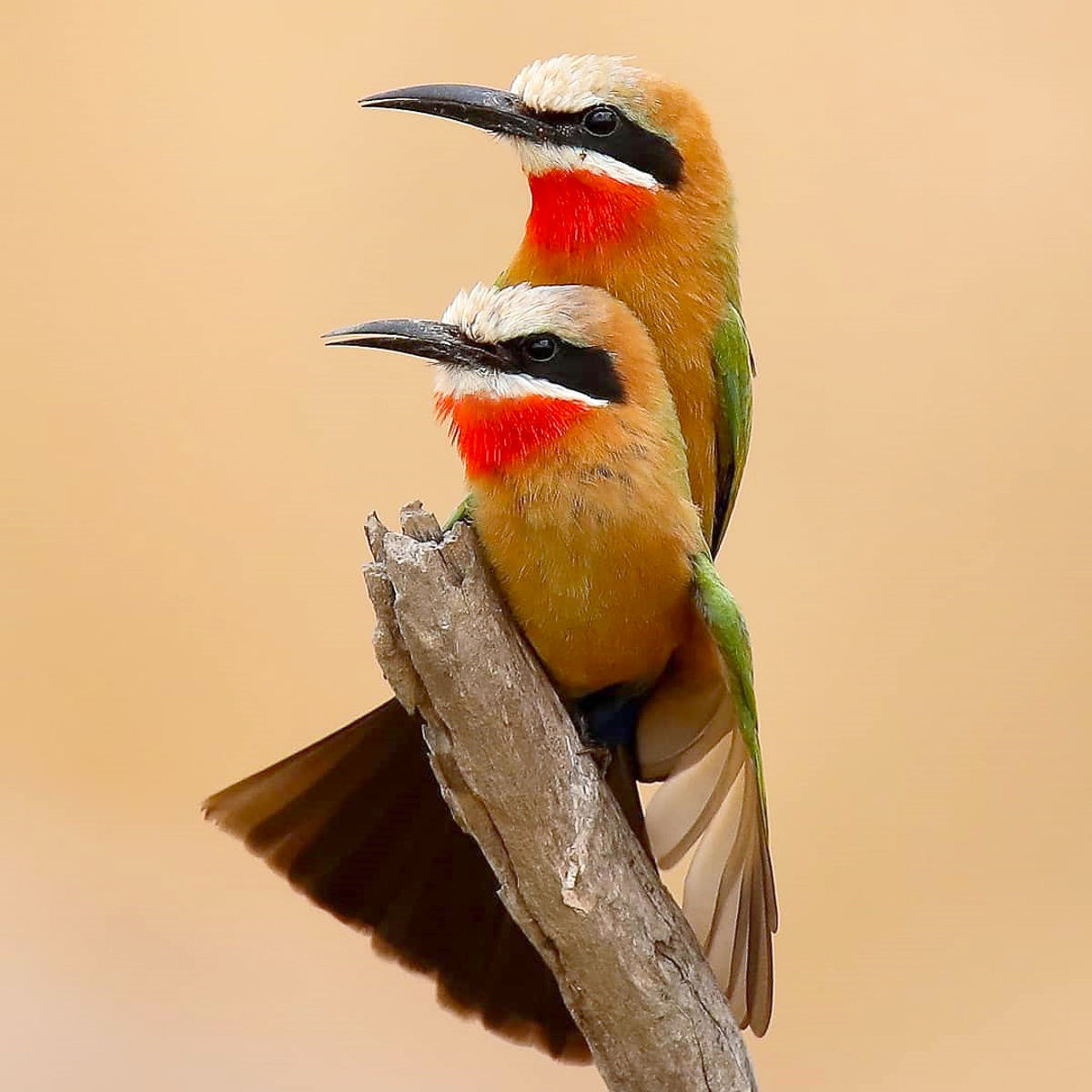
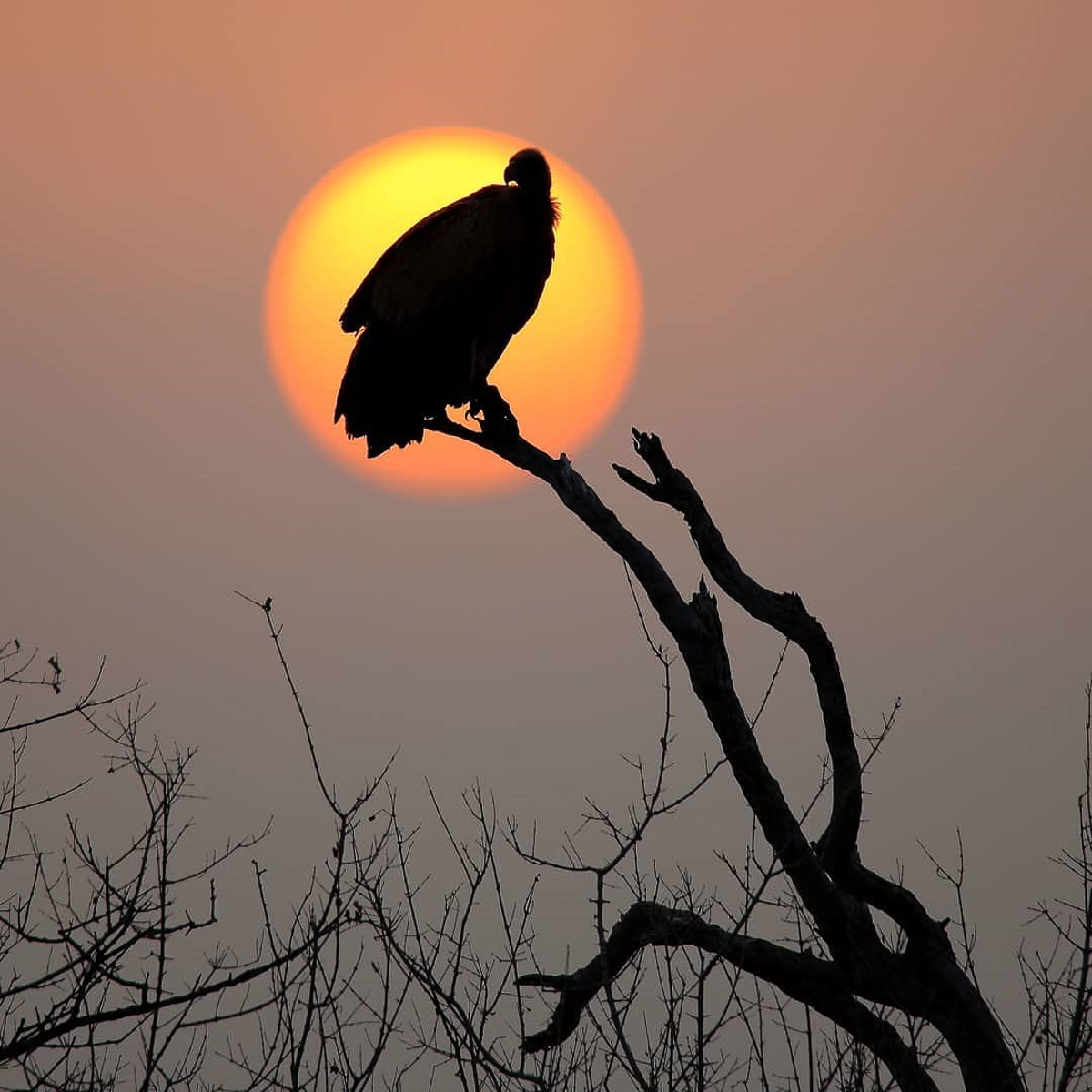
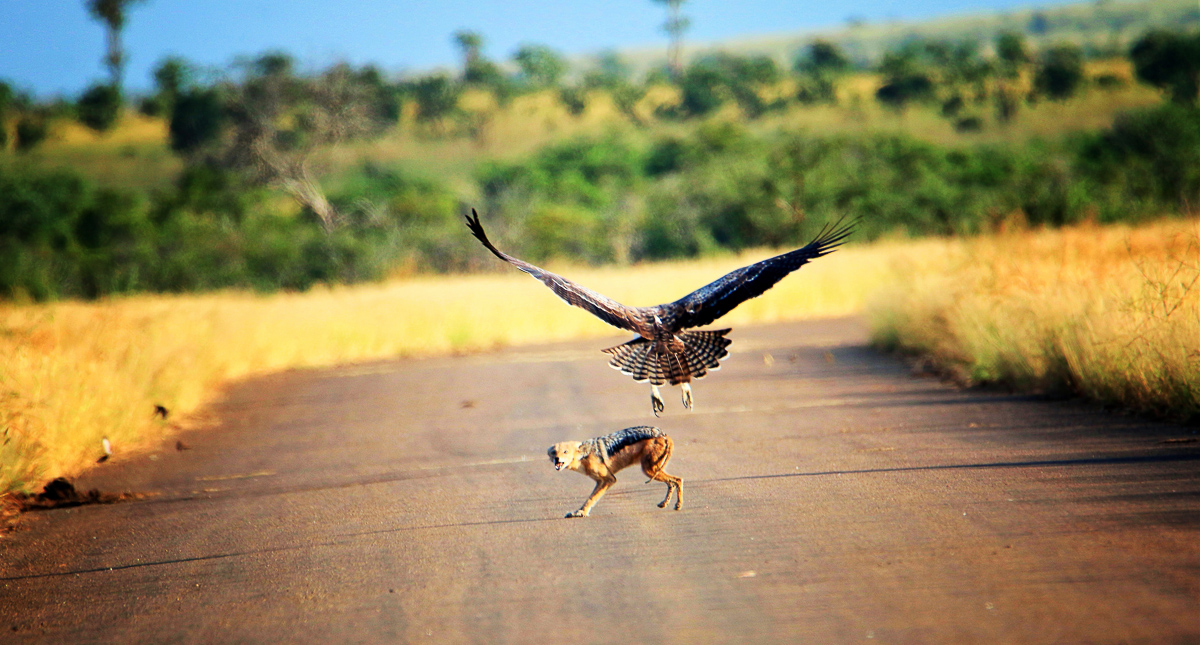
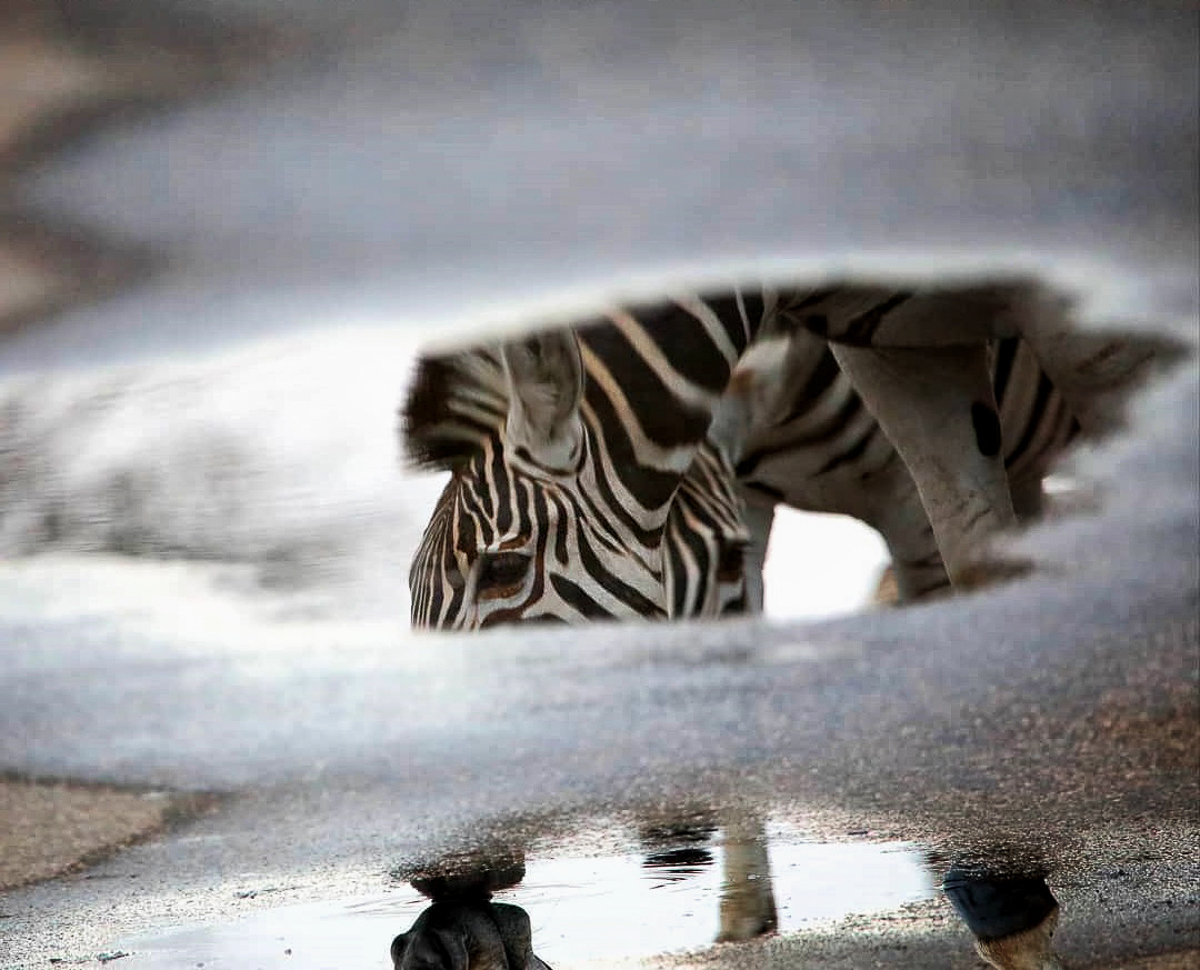
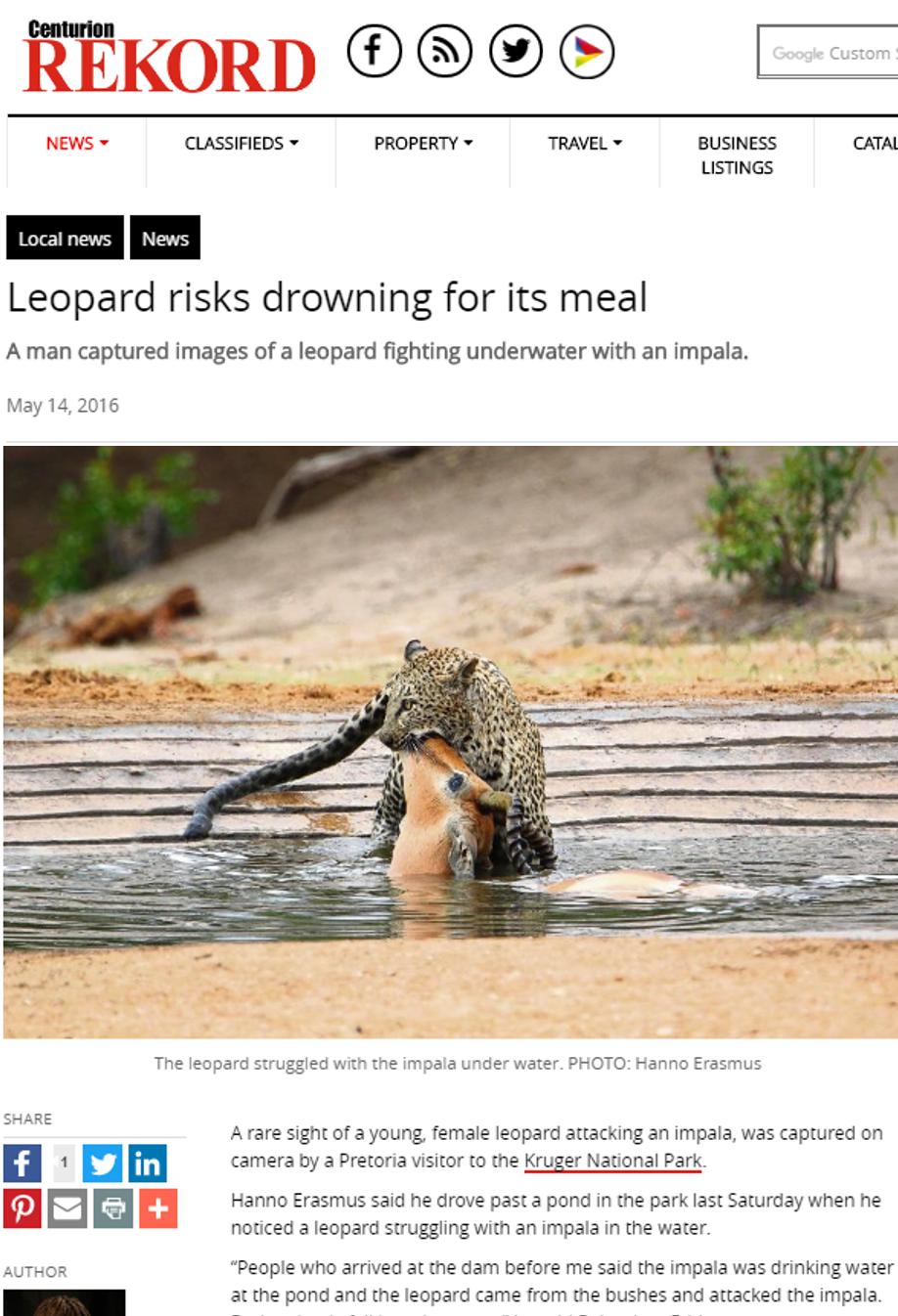
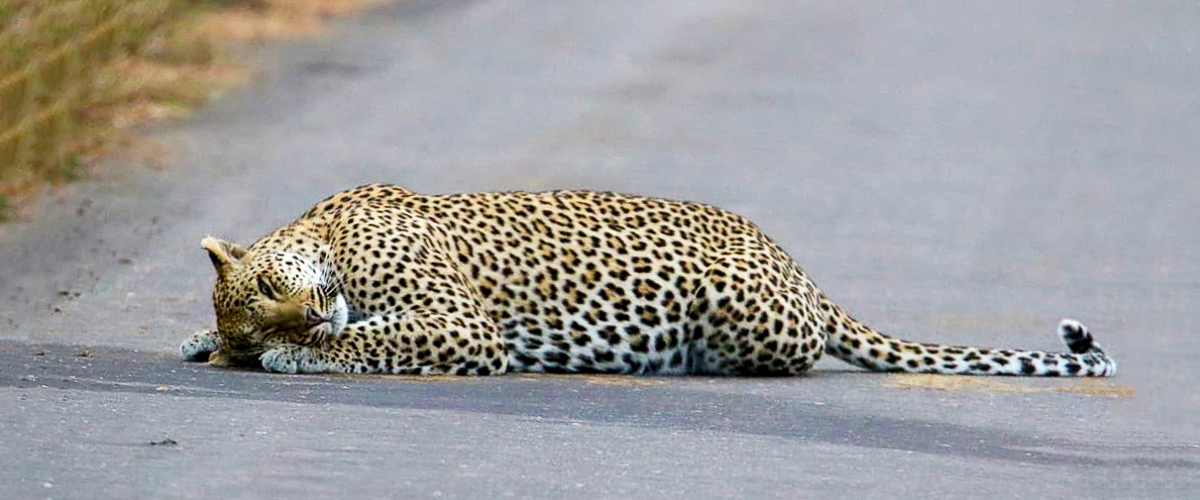









New! Comments
Have your say about what you just read! Please leave us a comment in the box below.